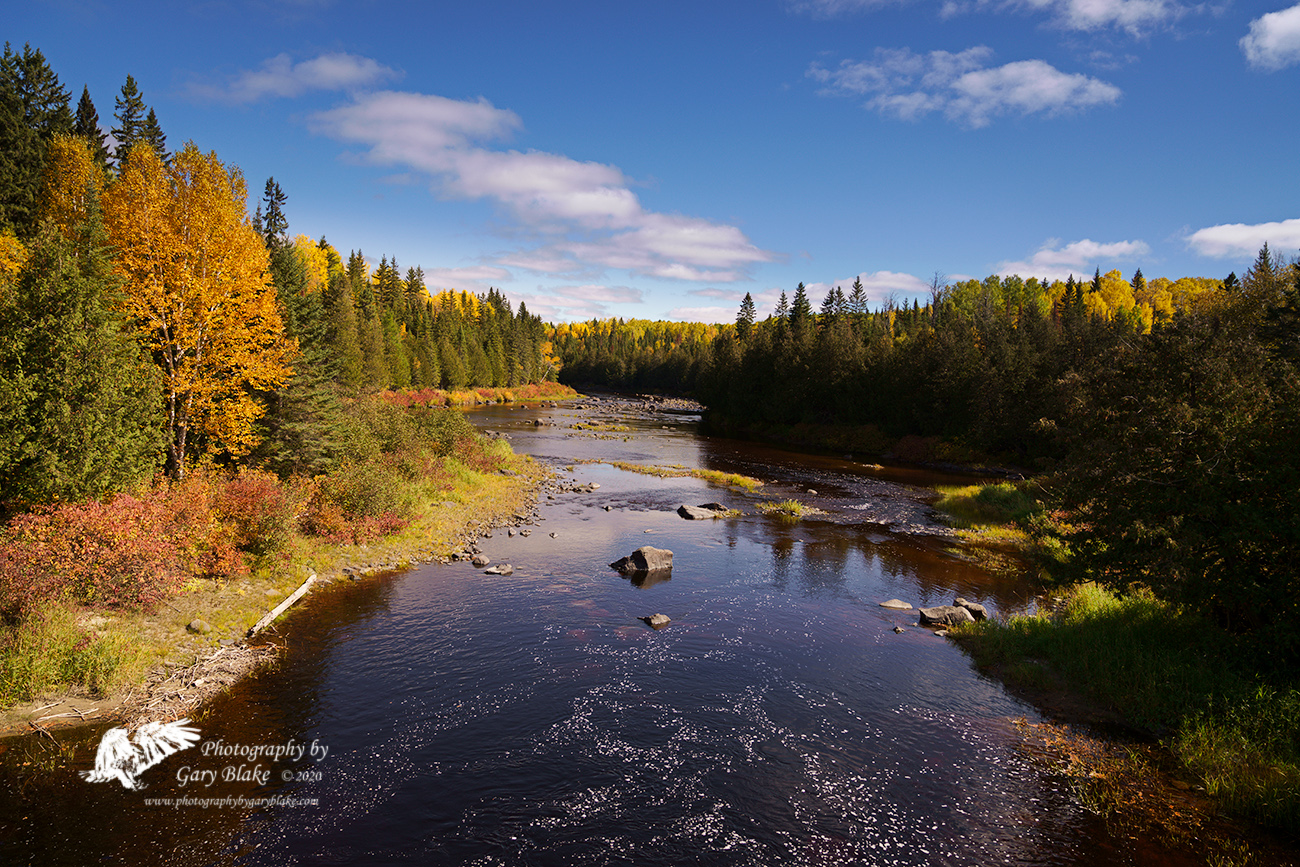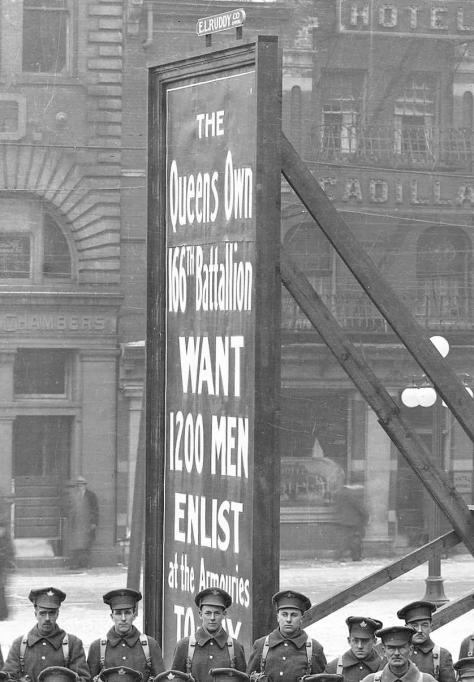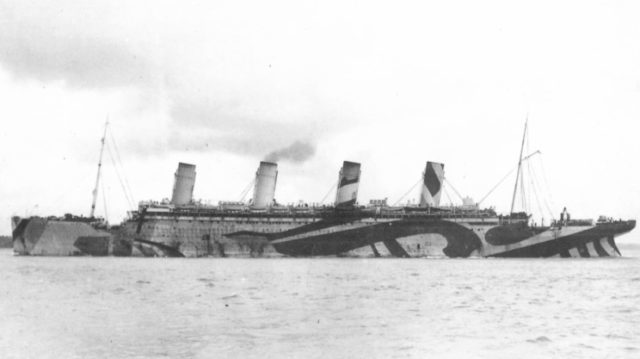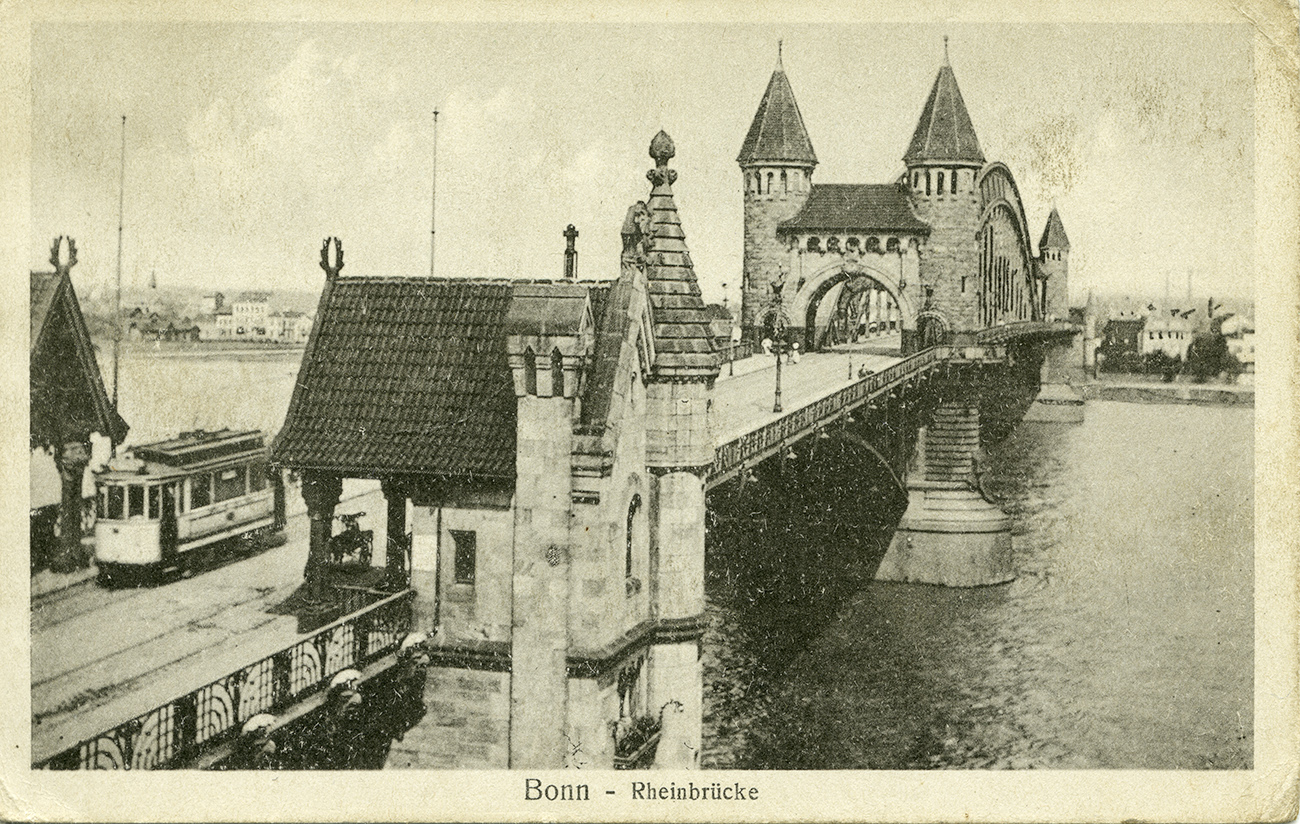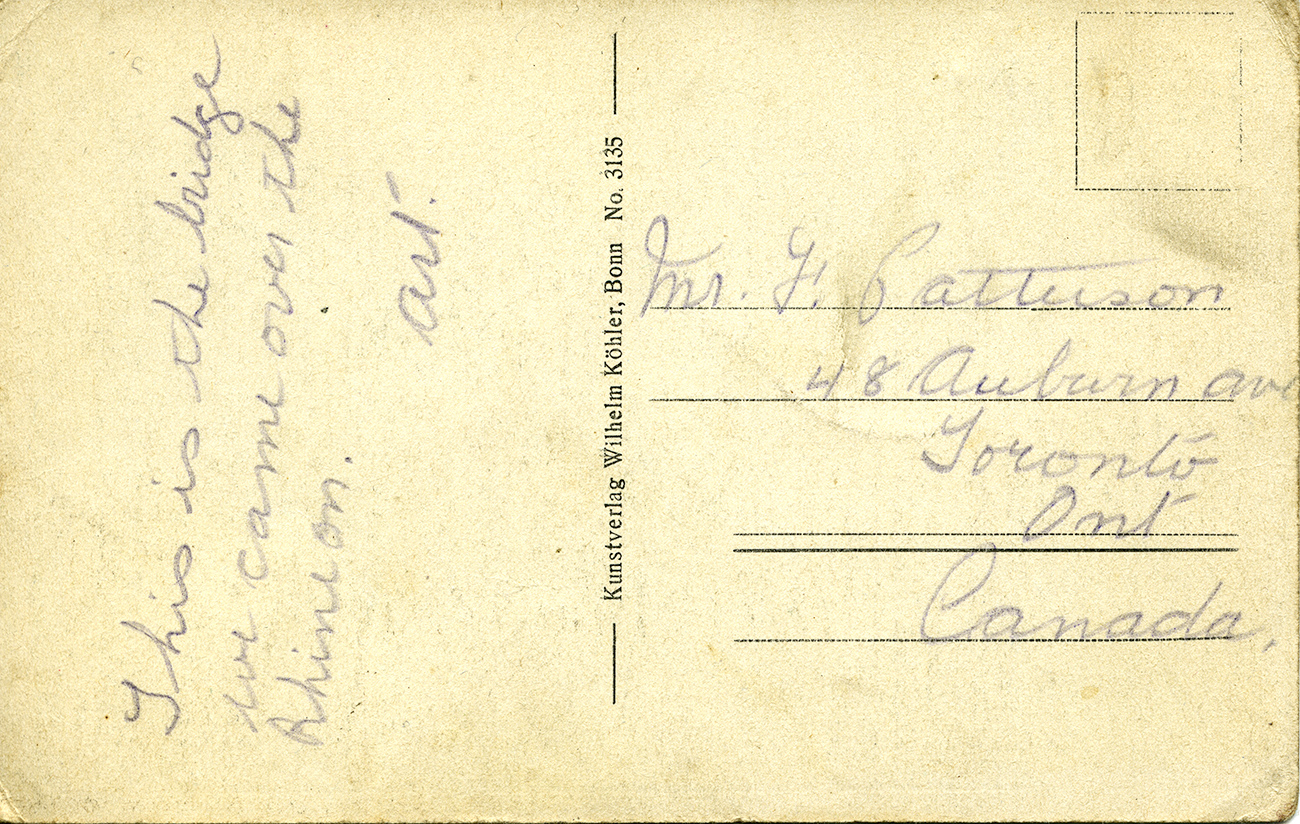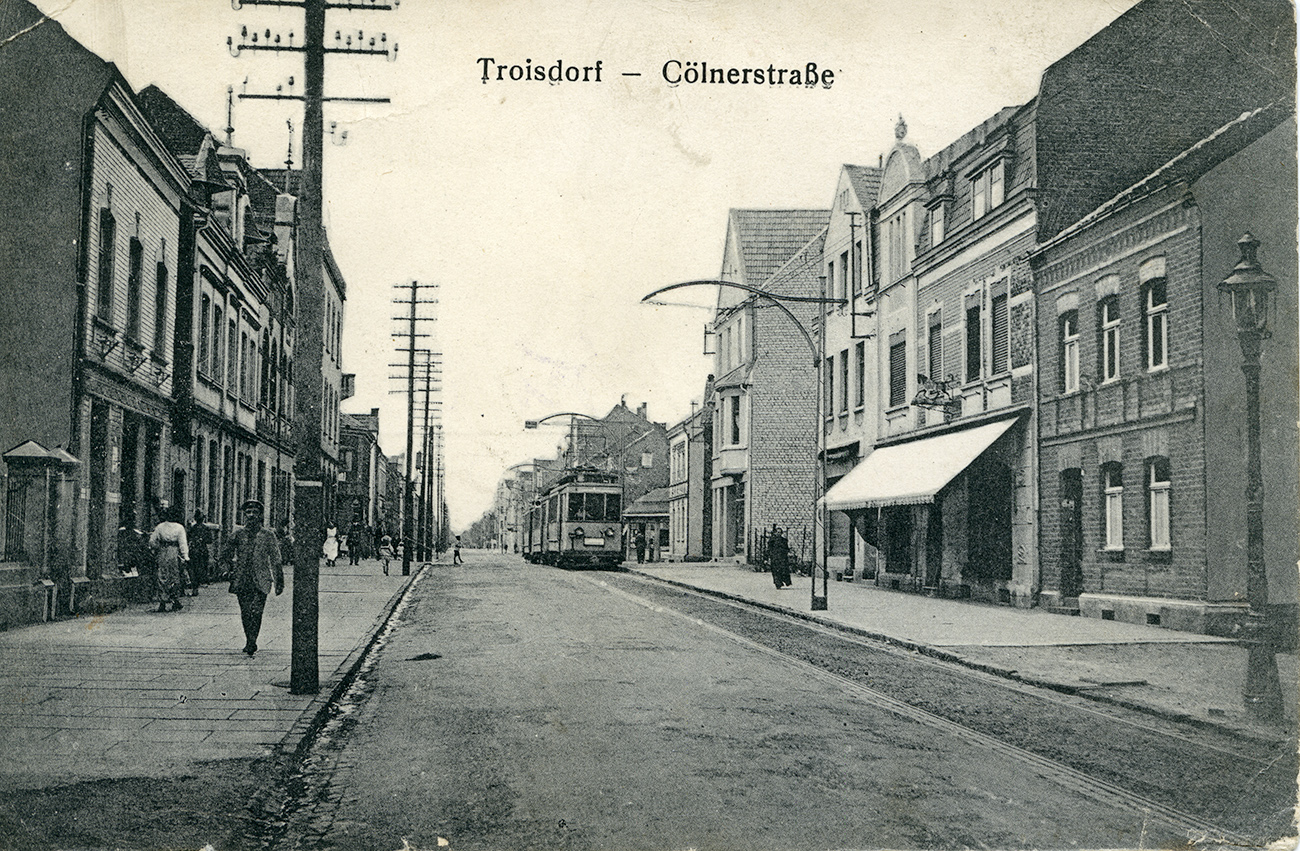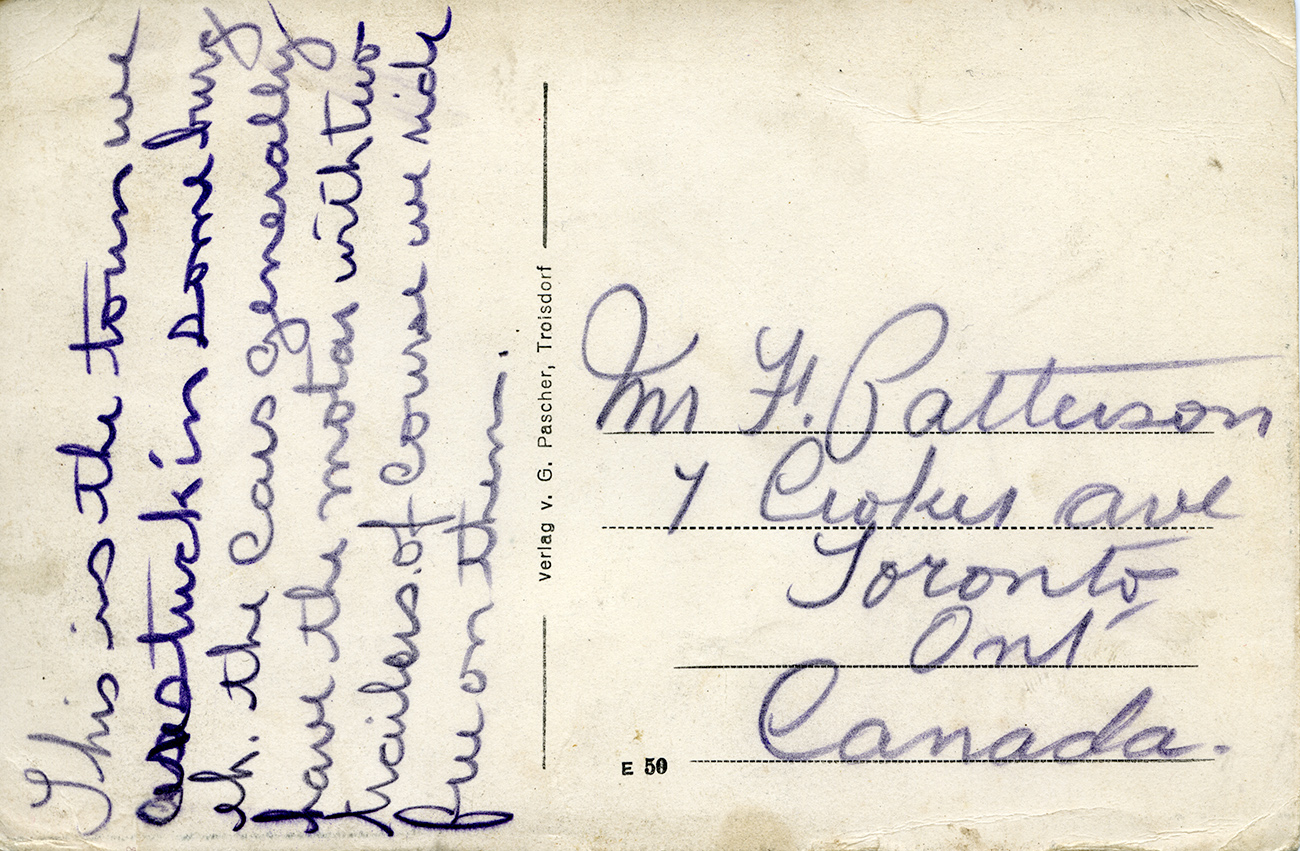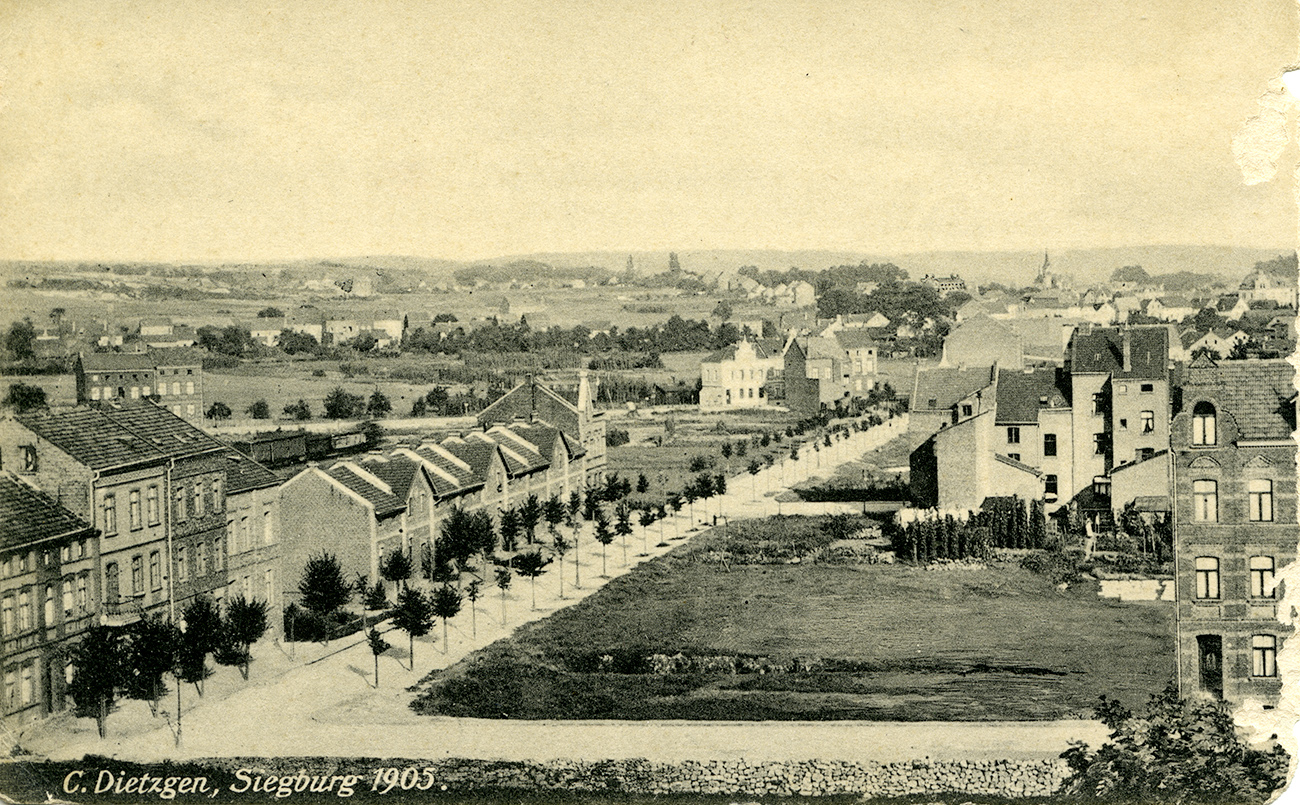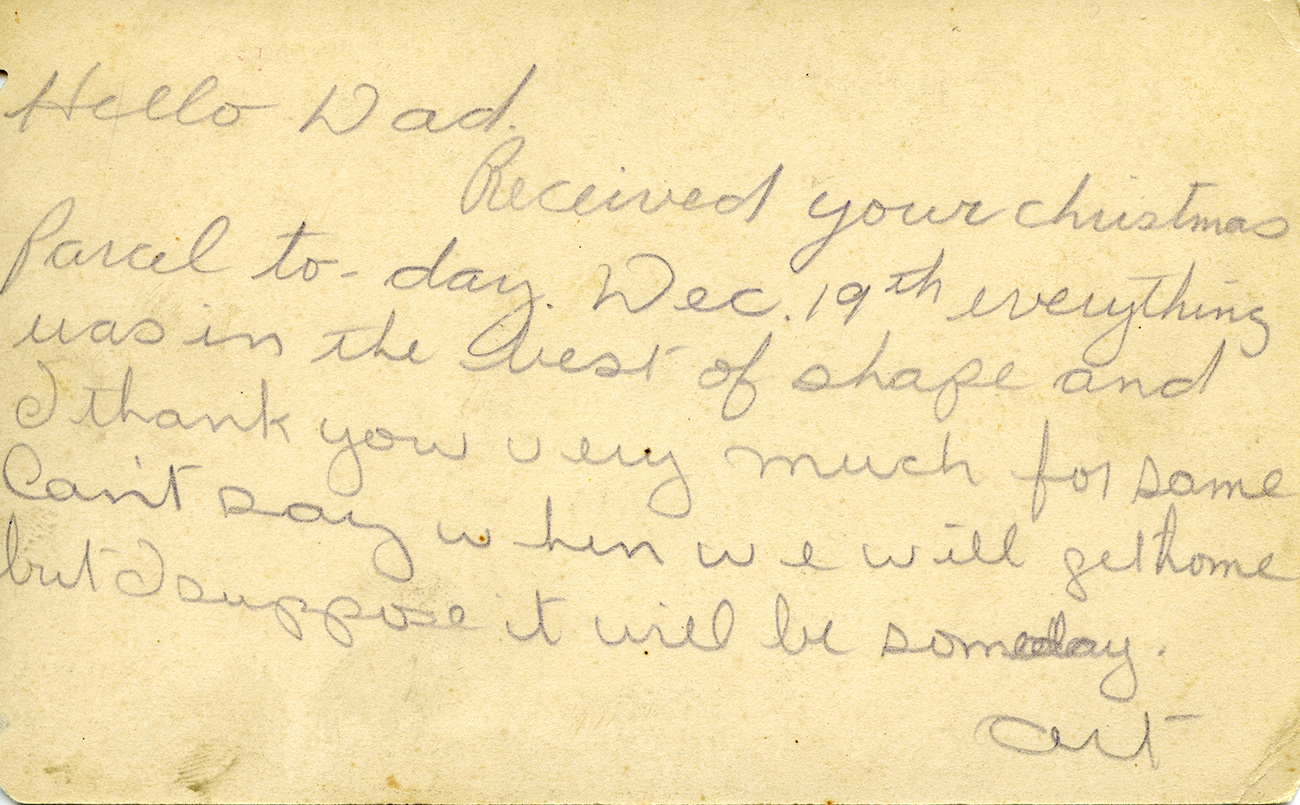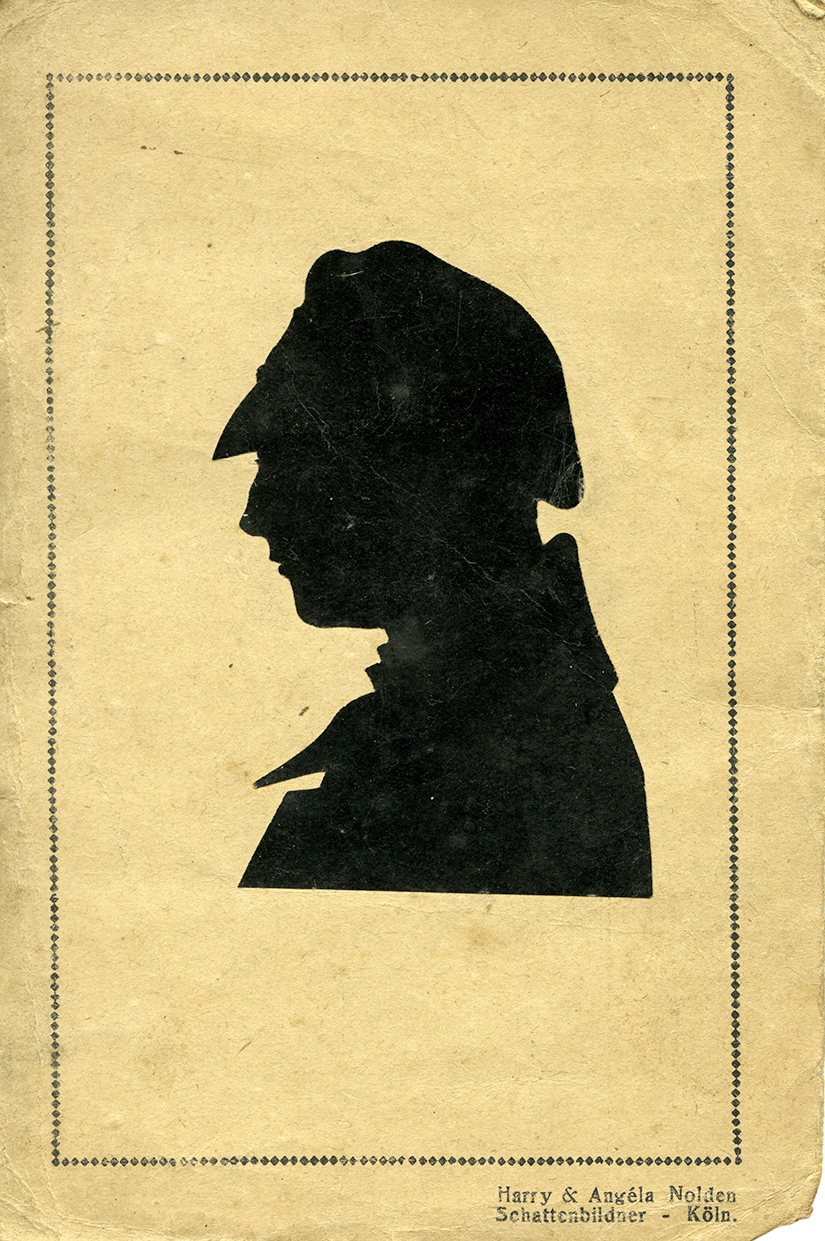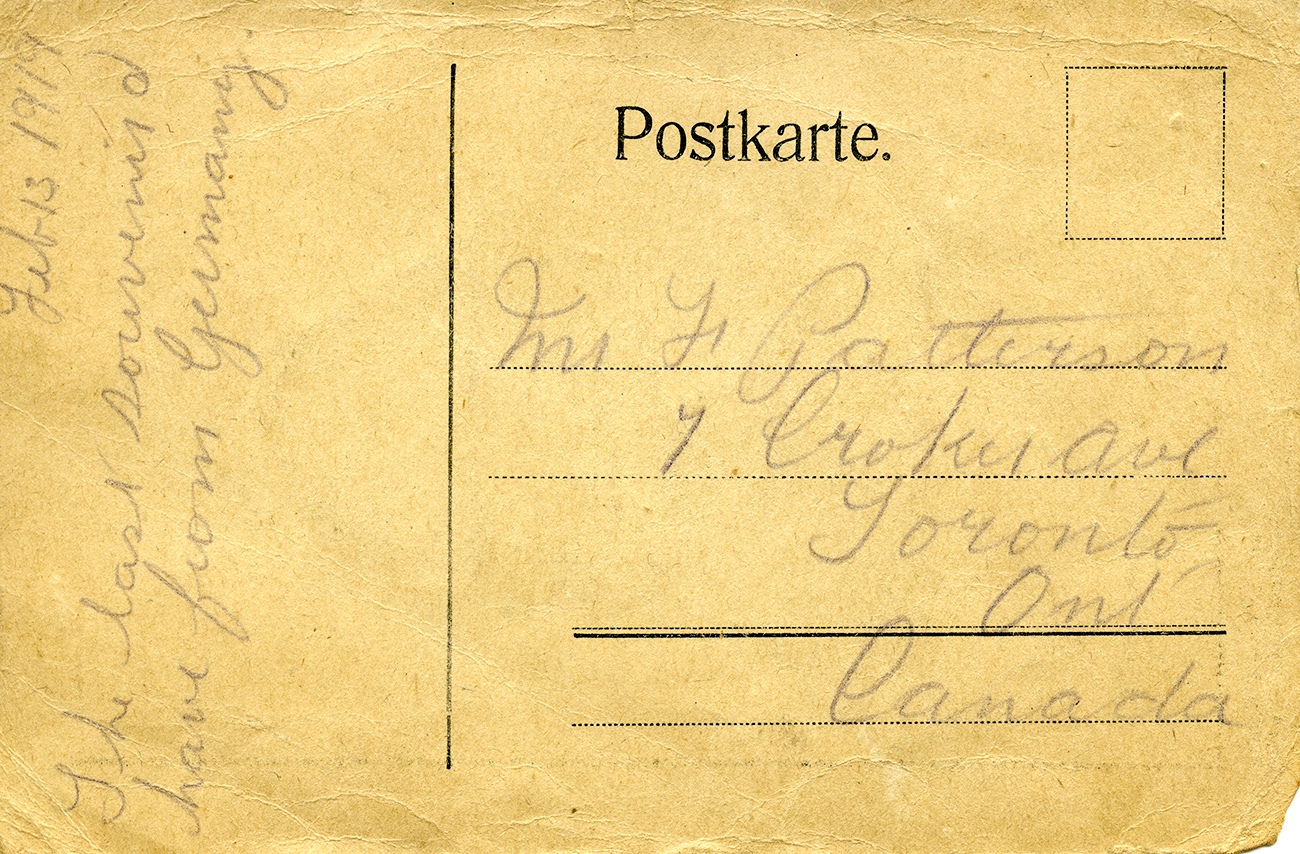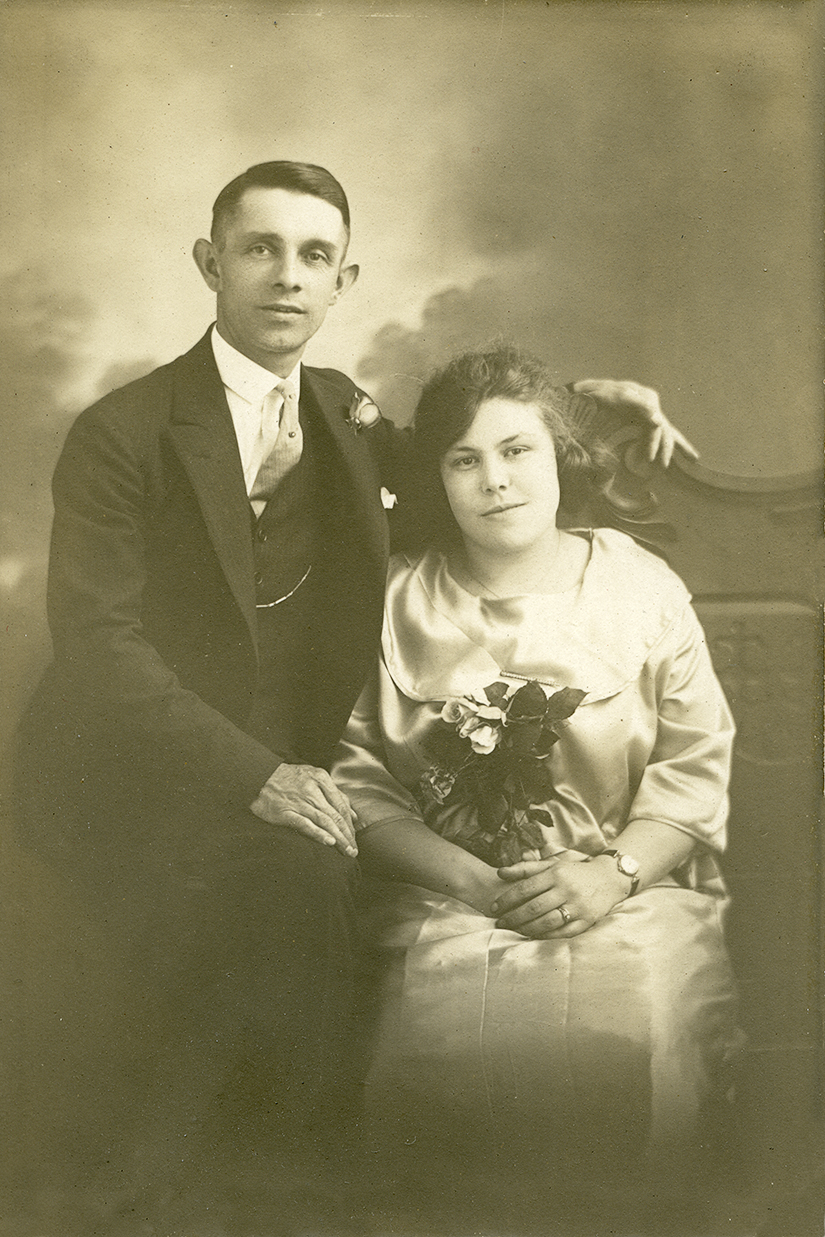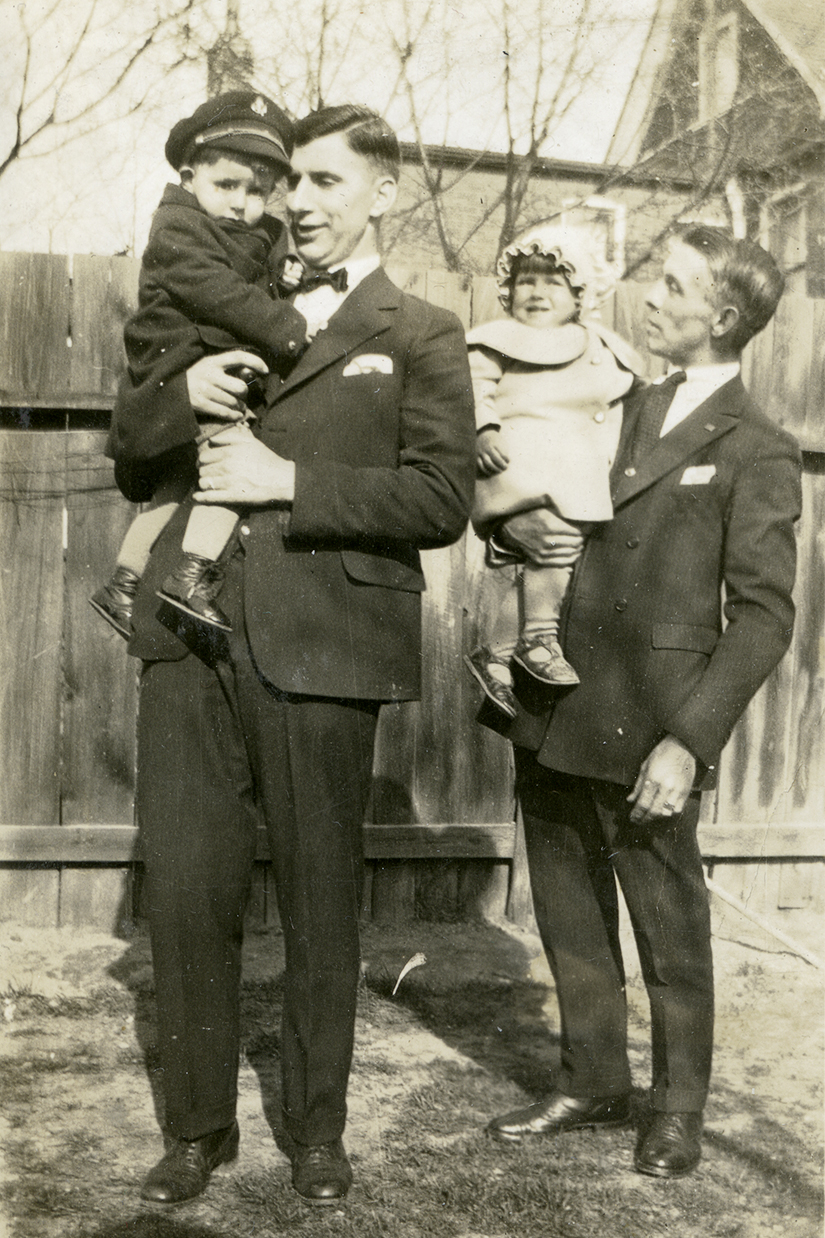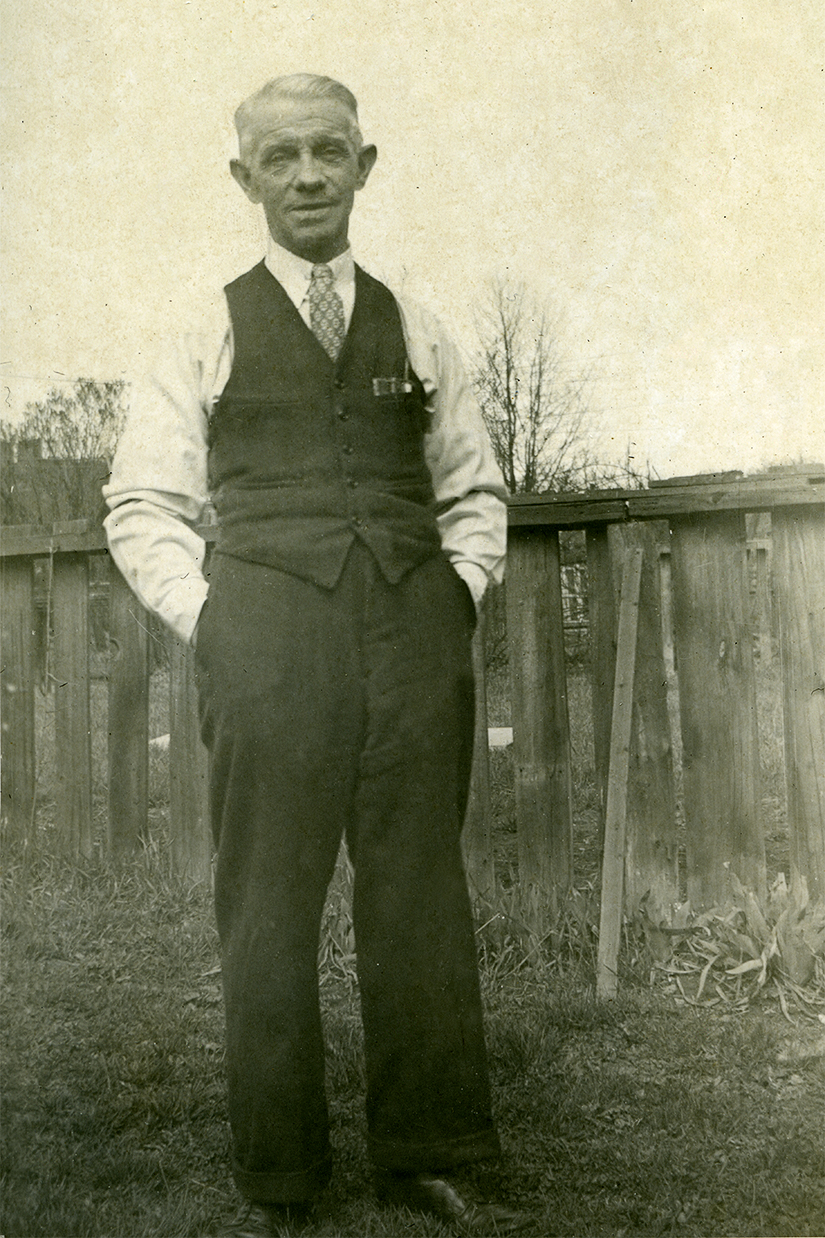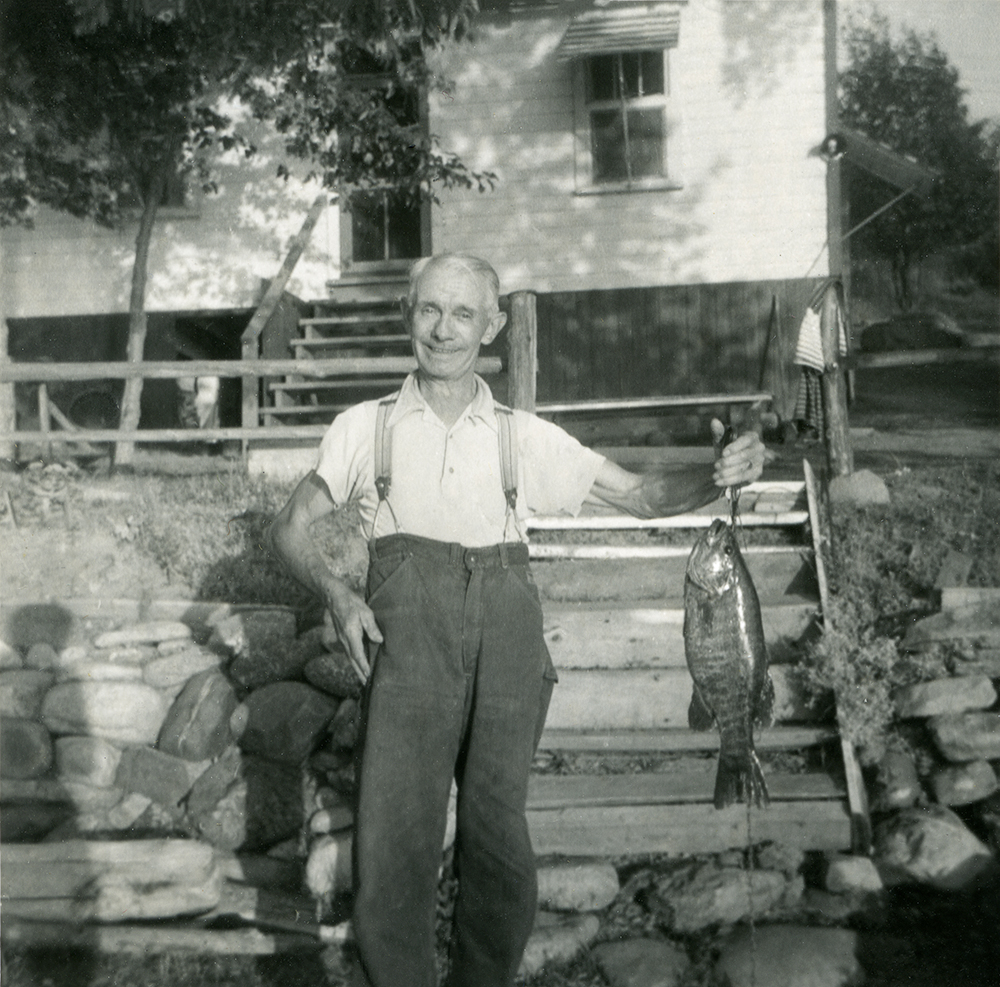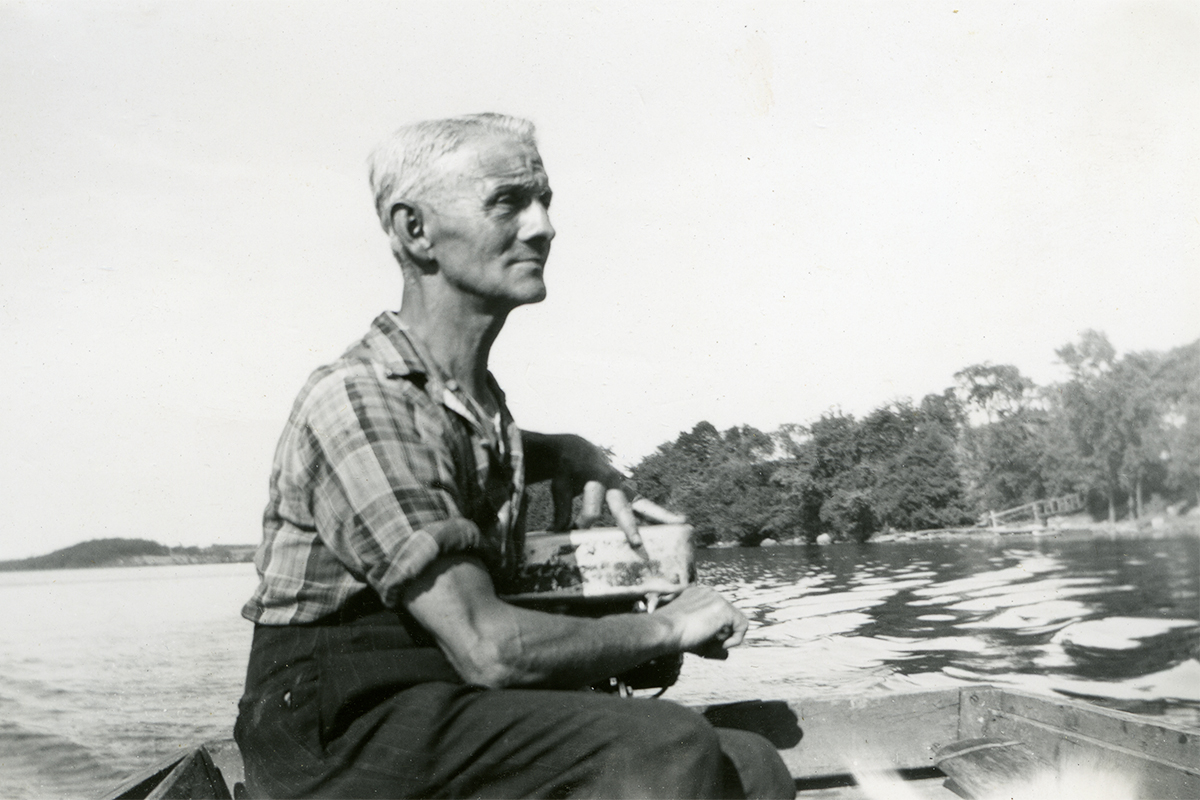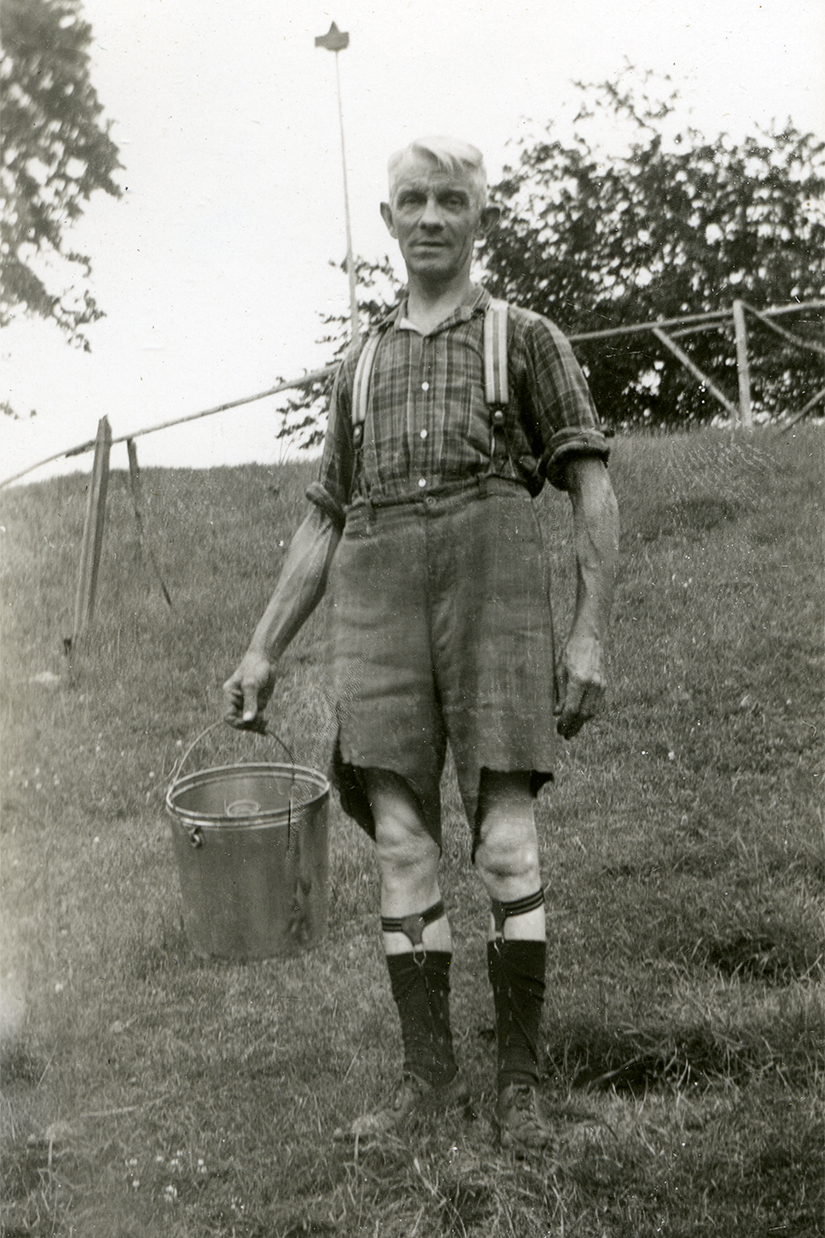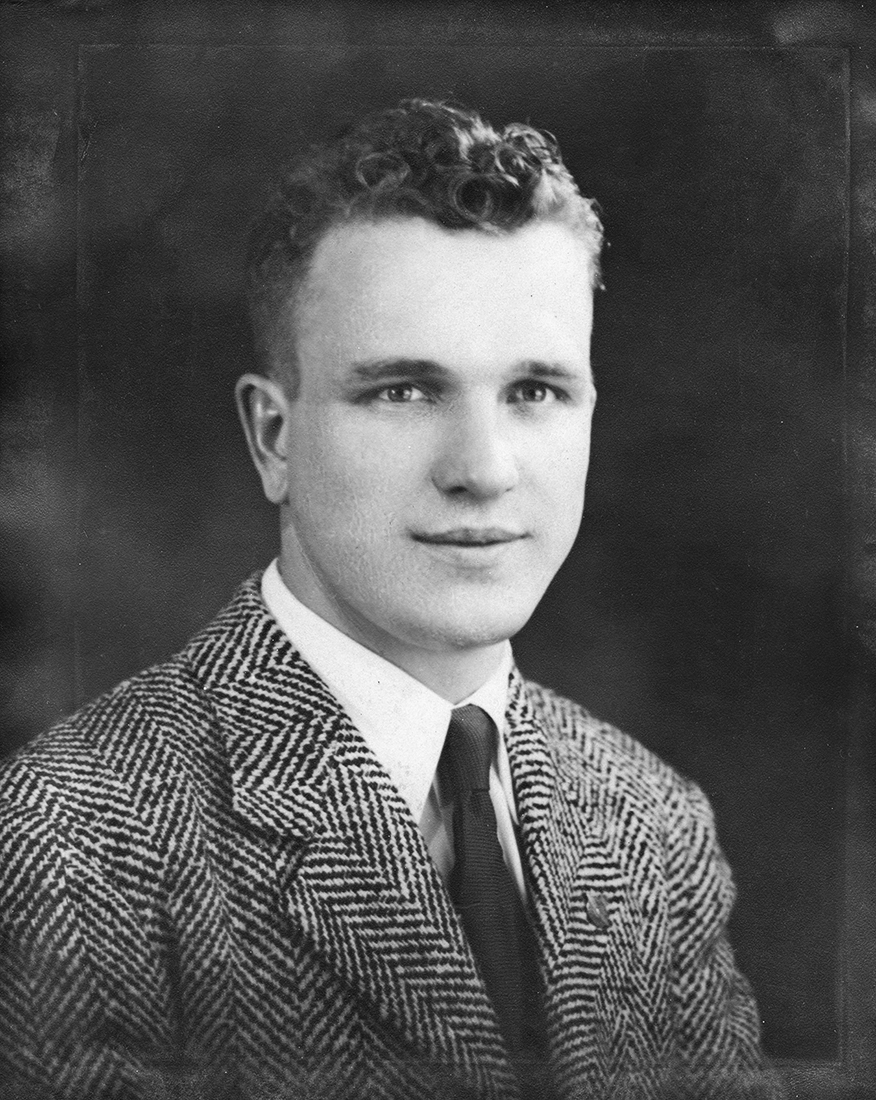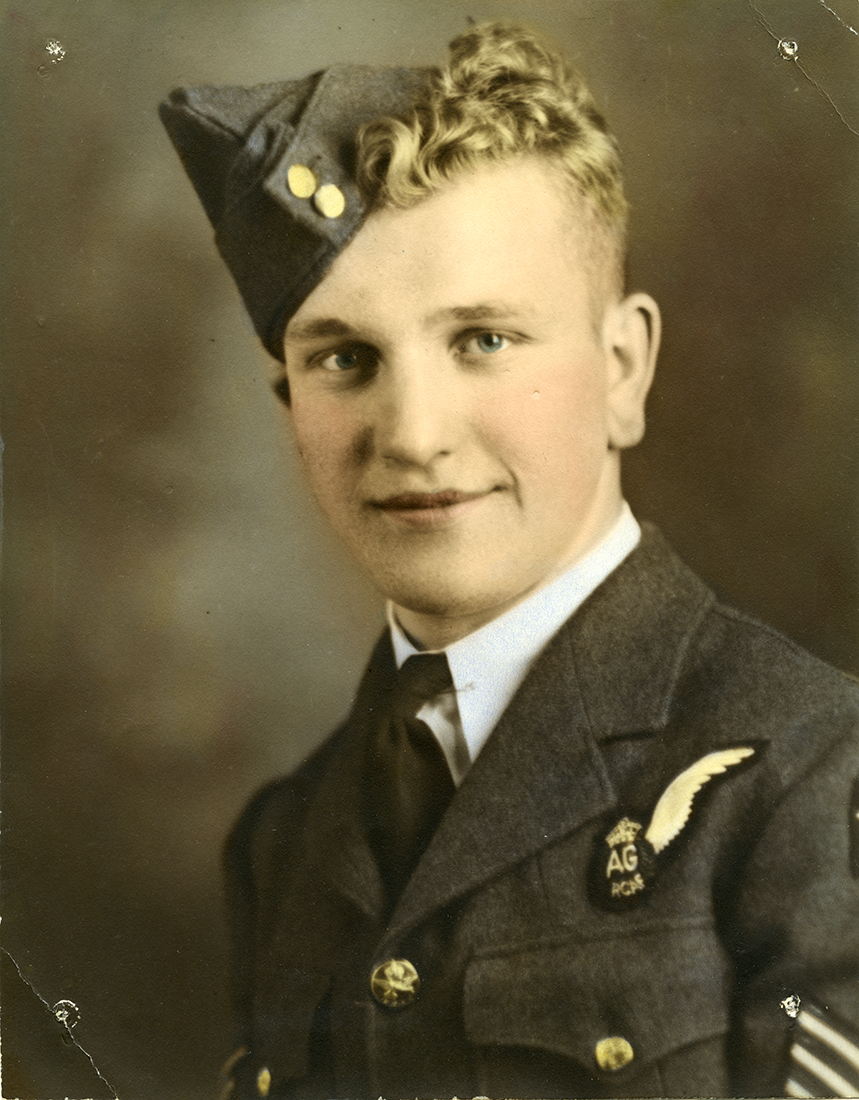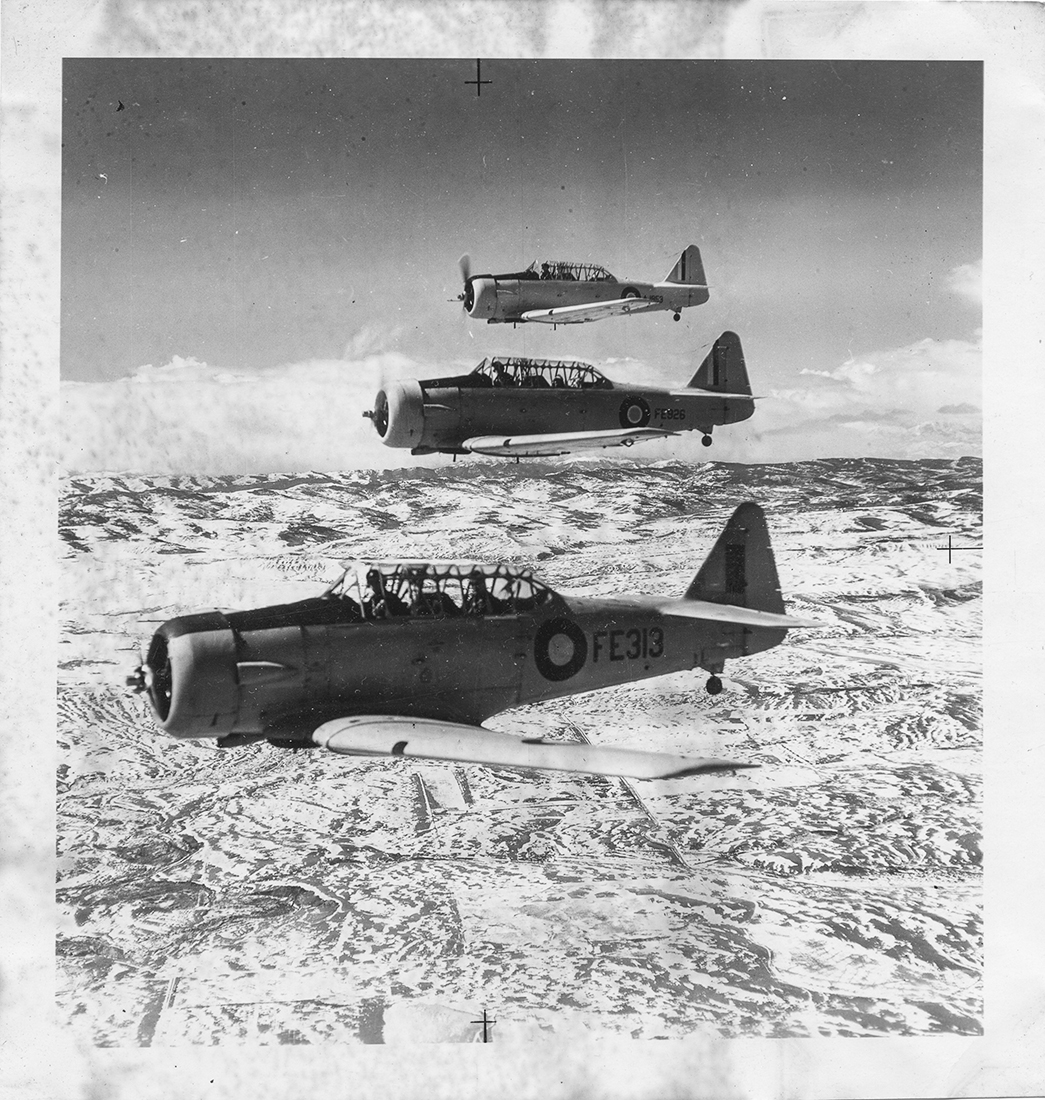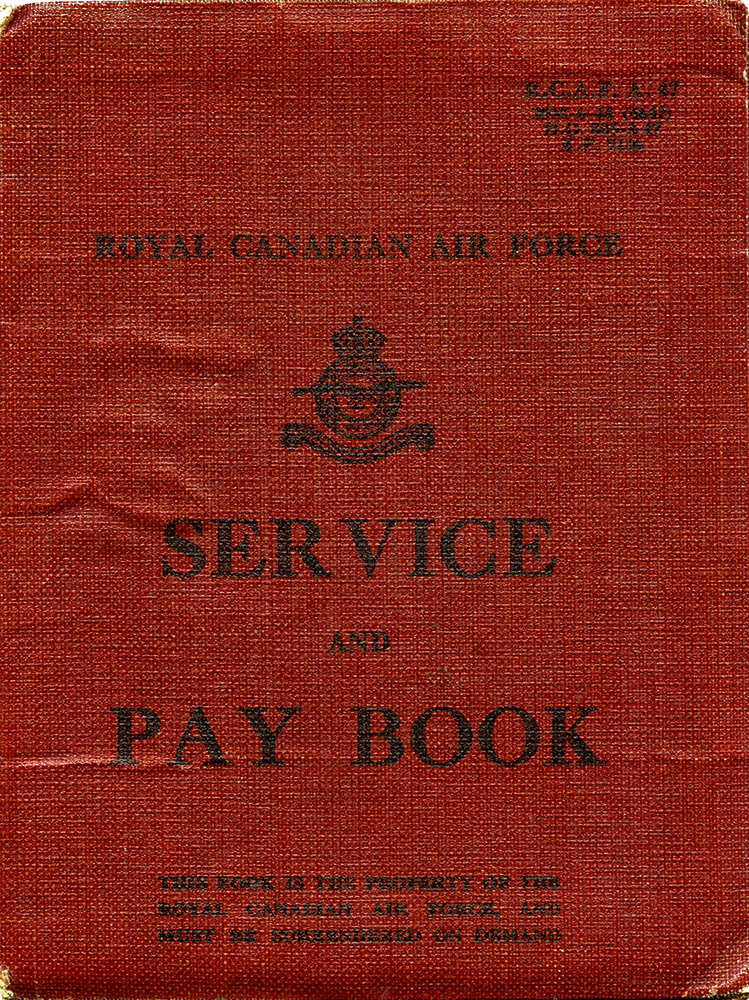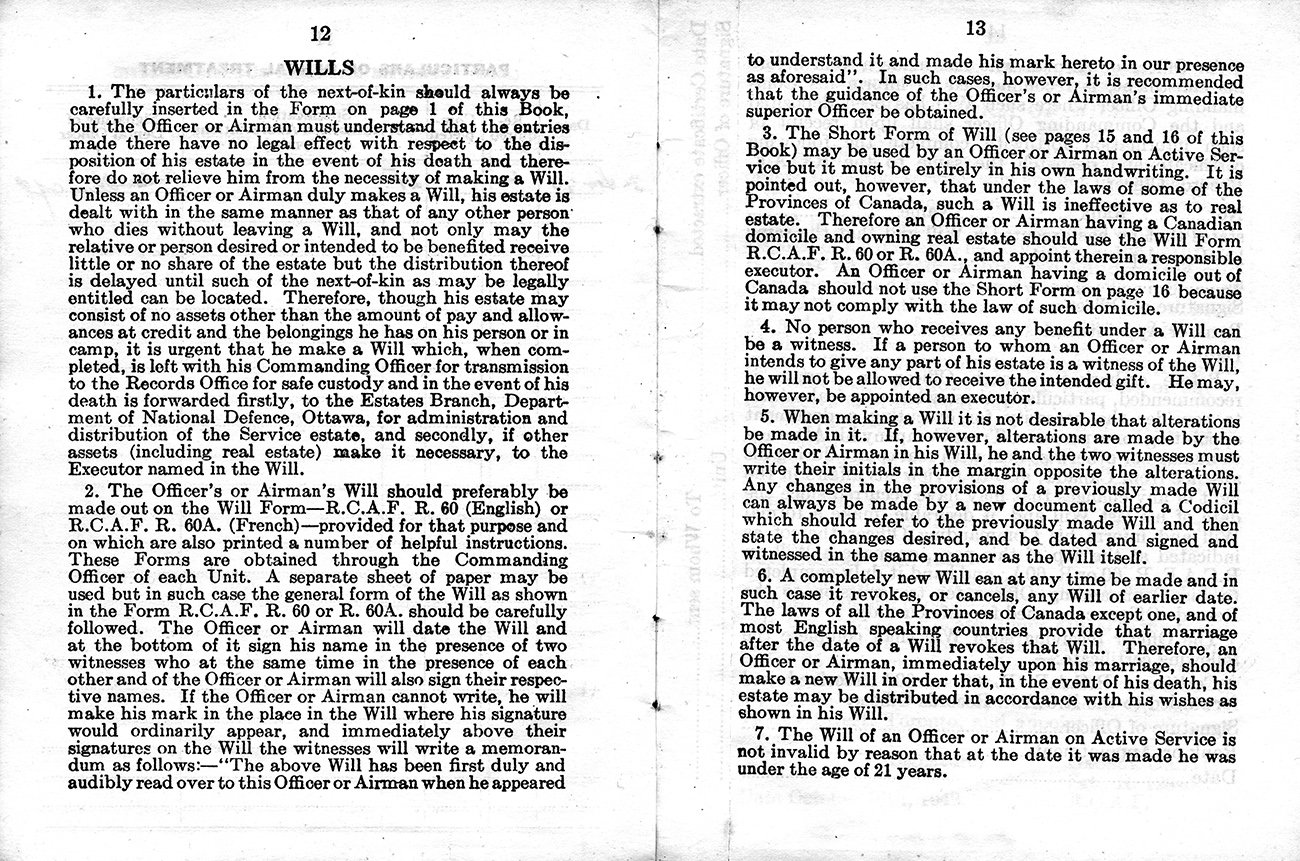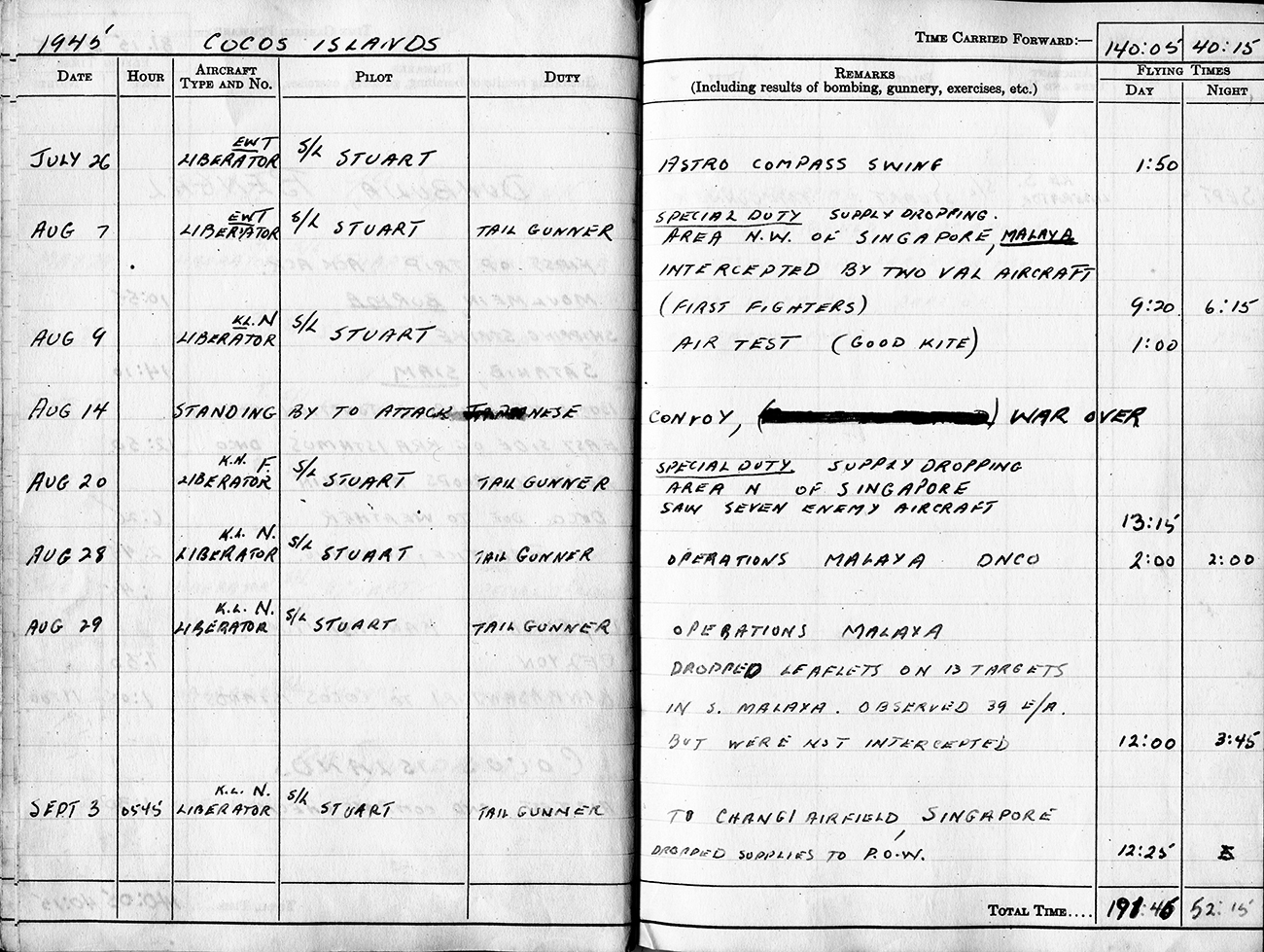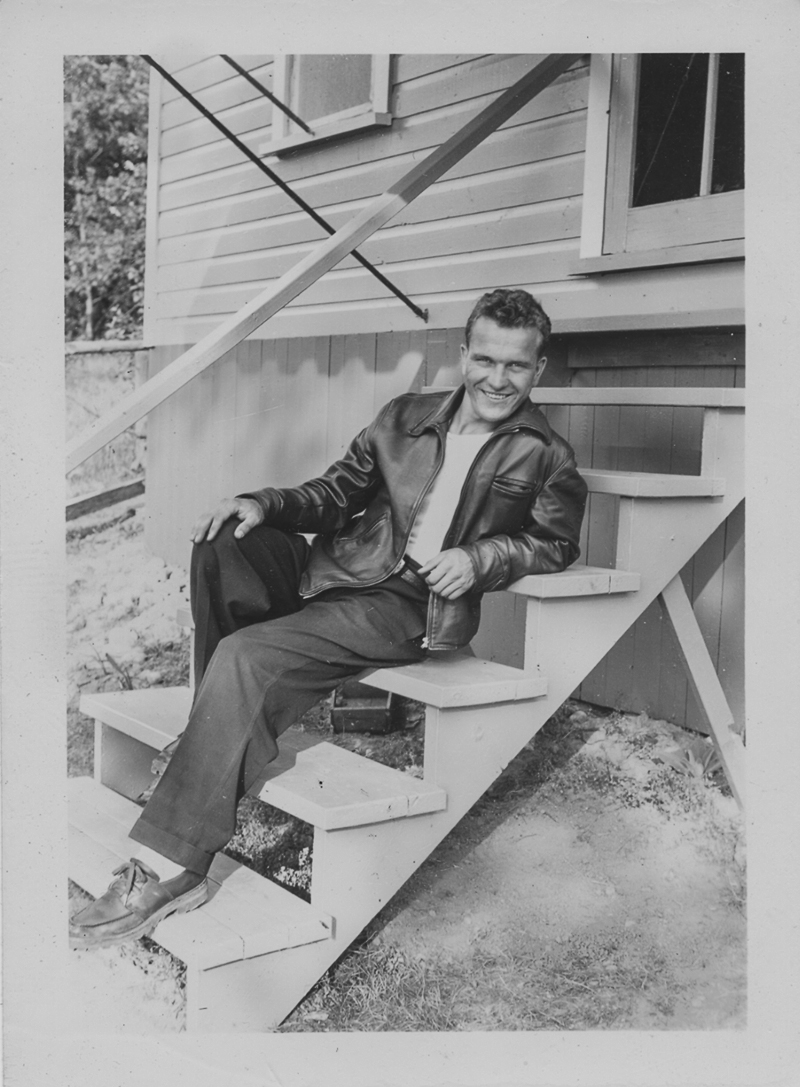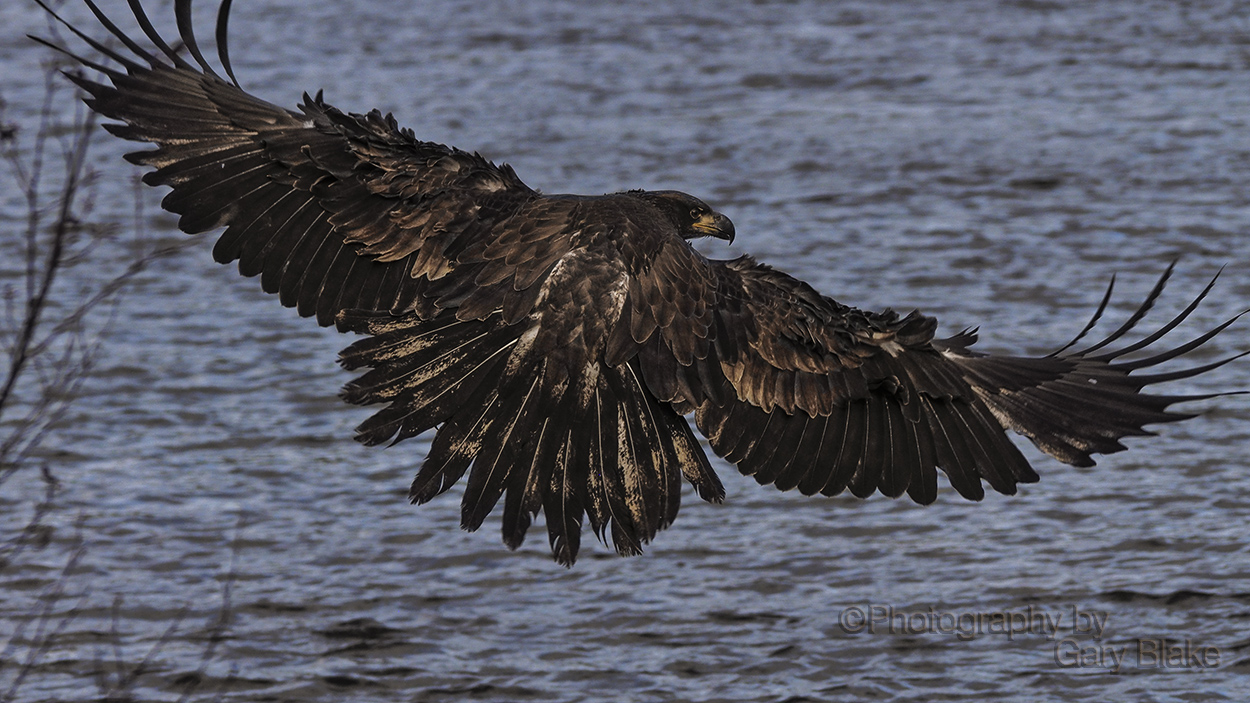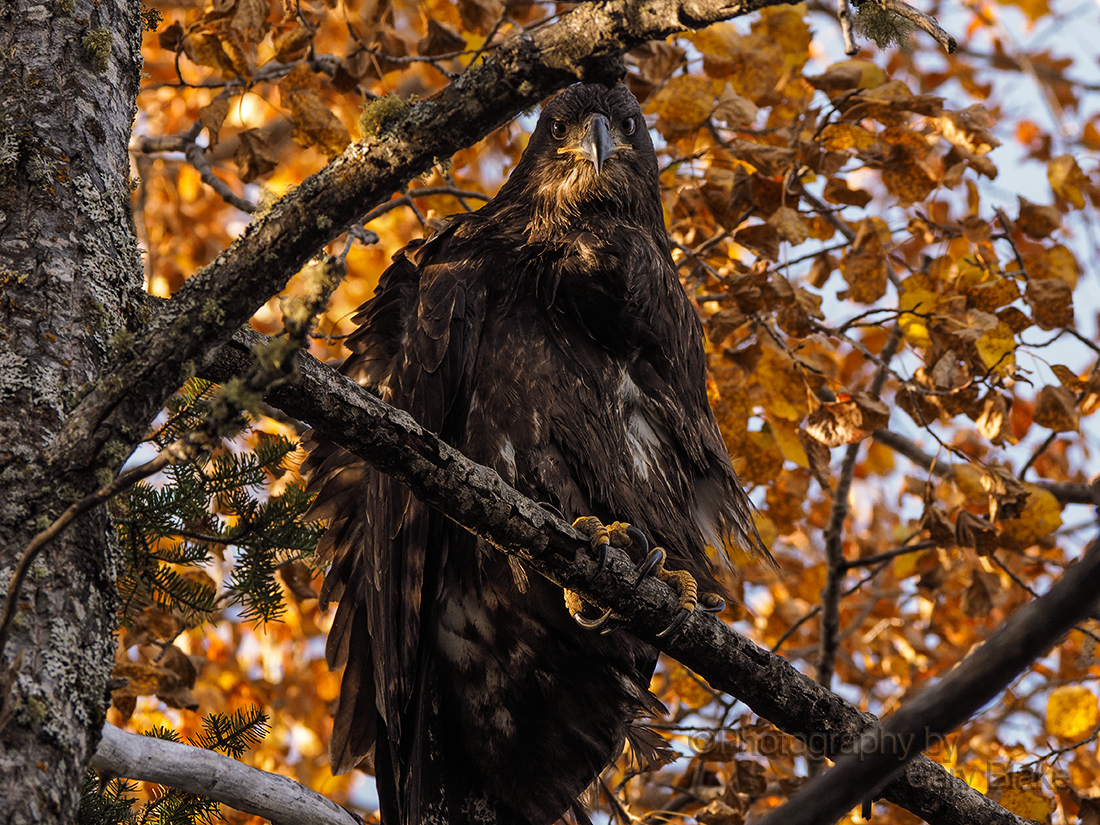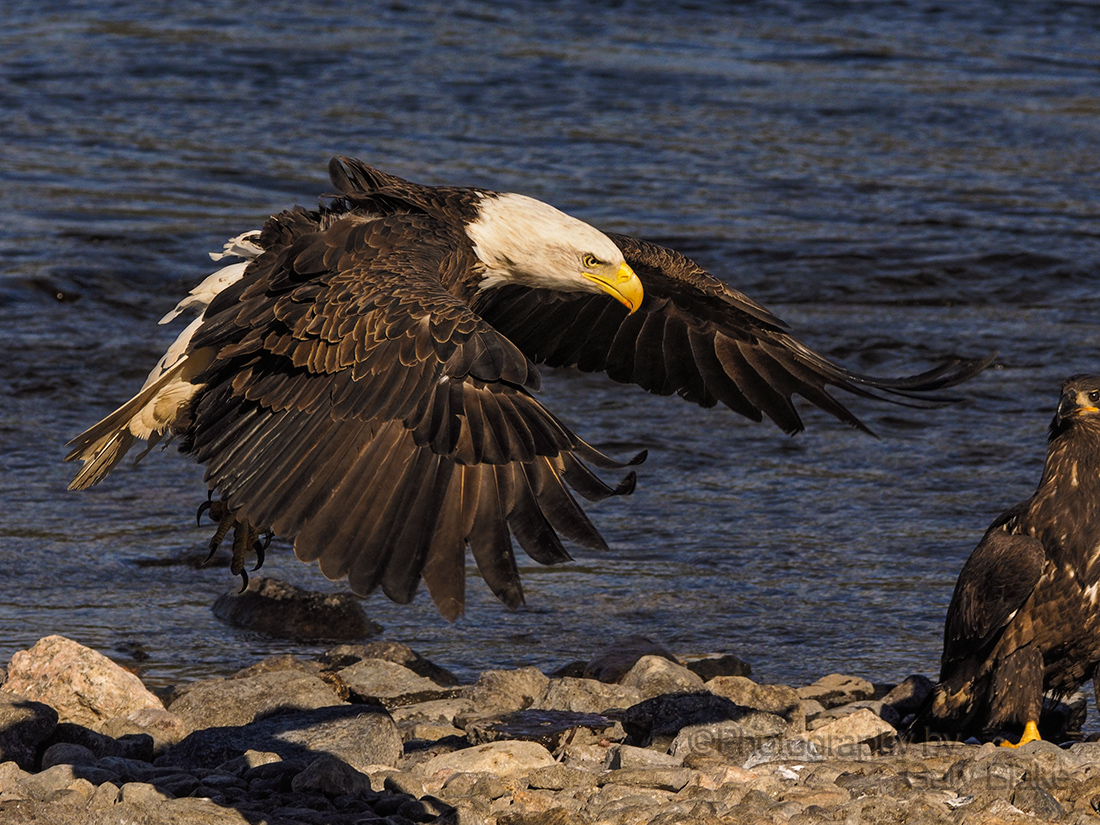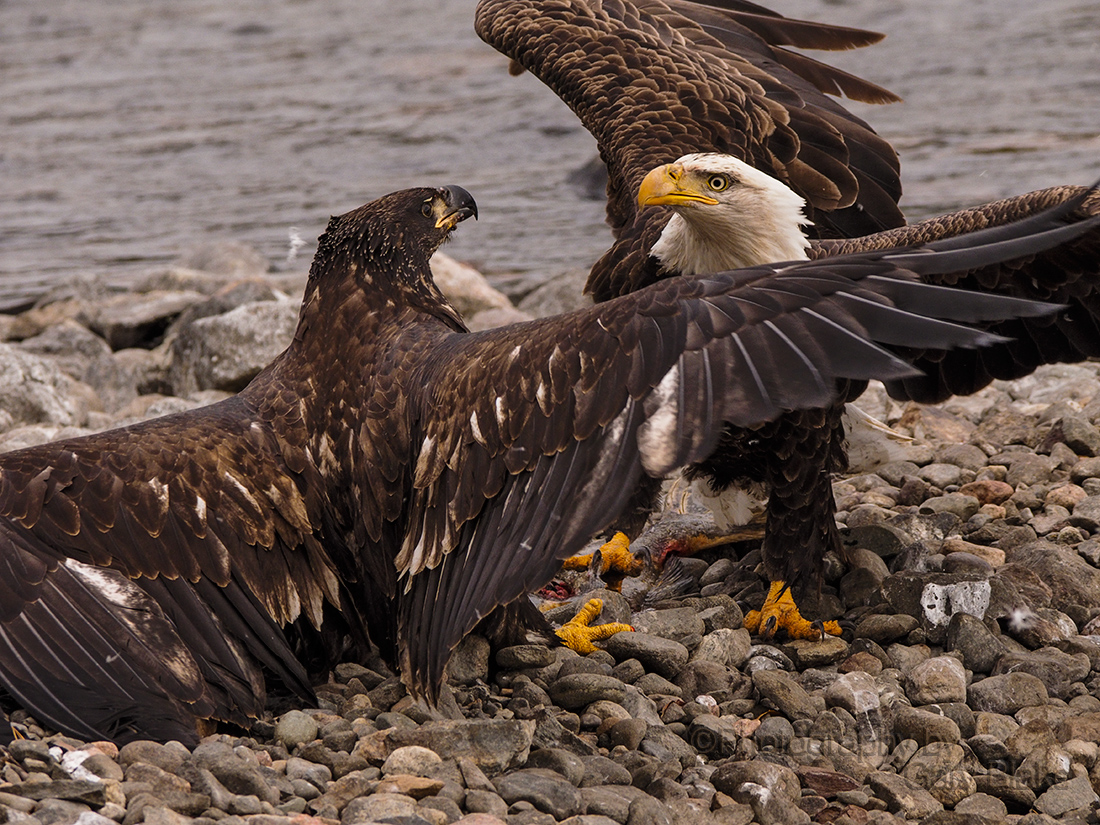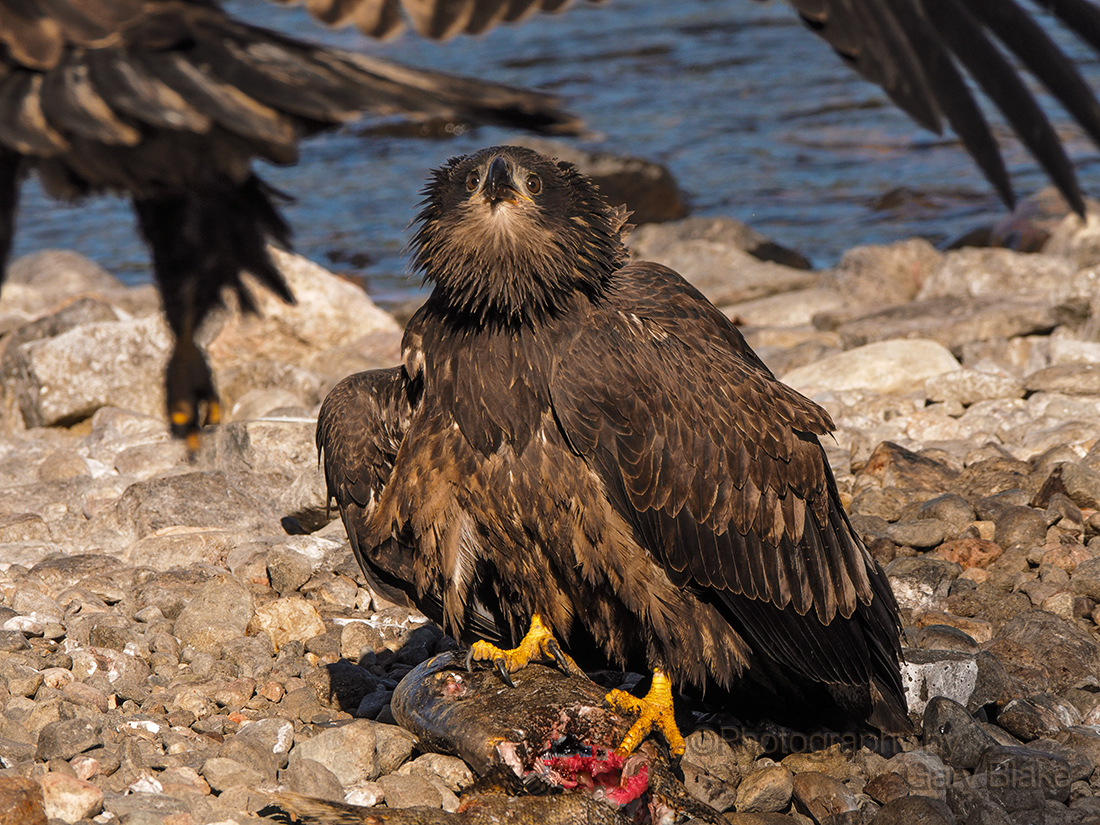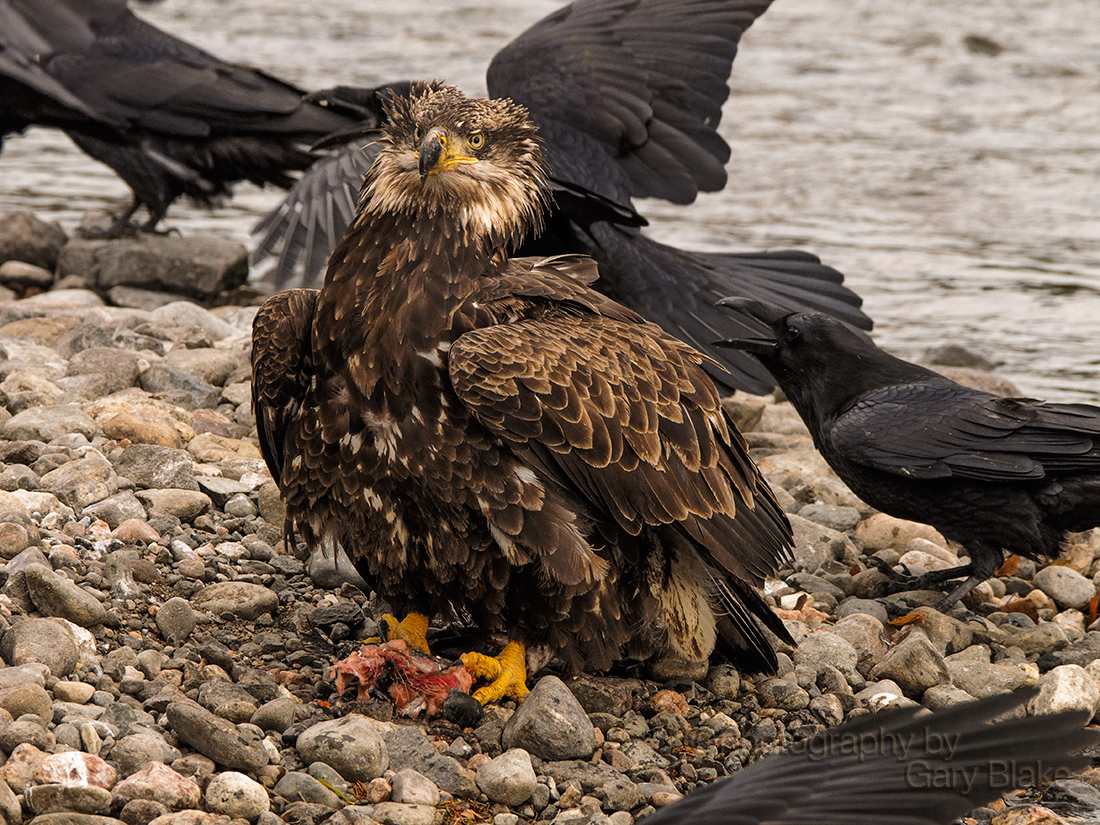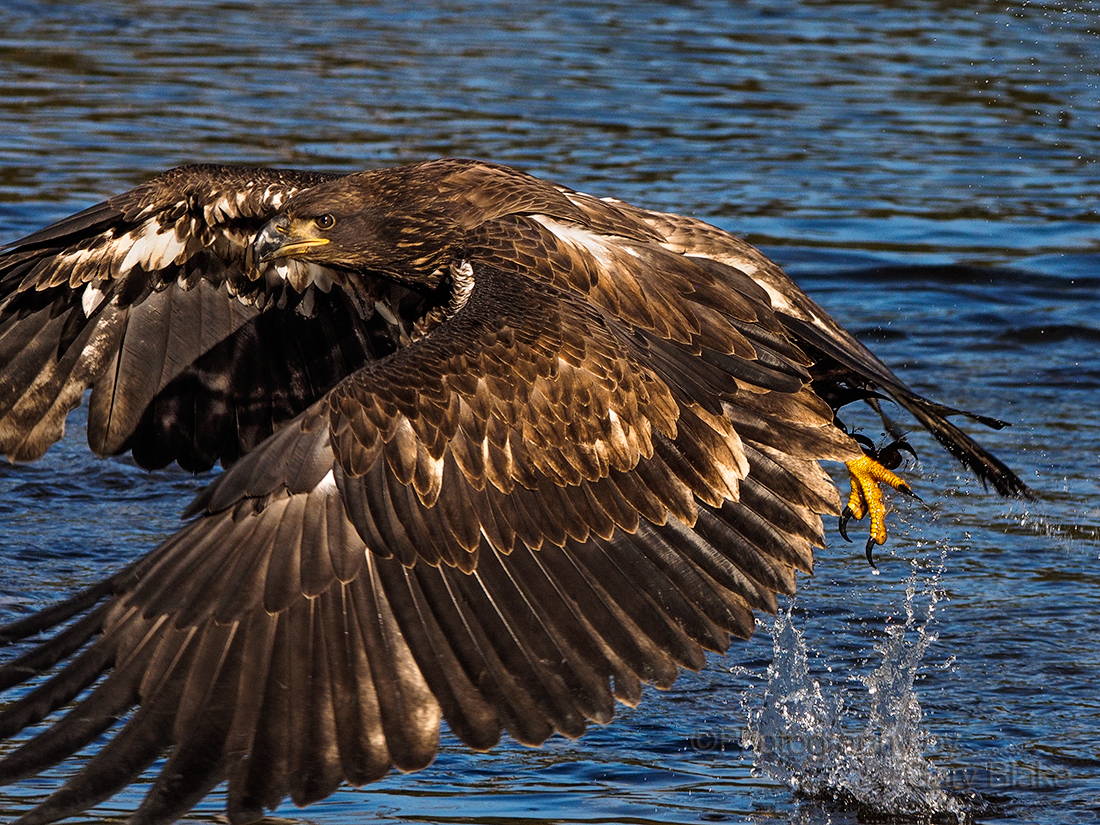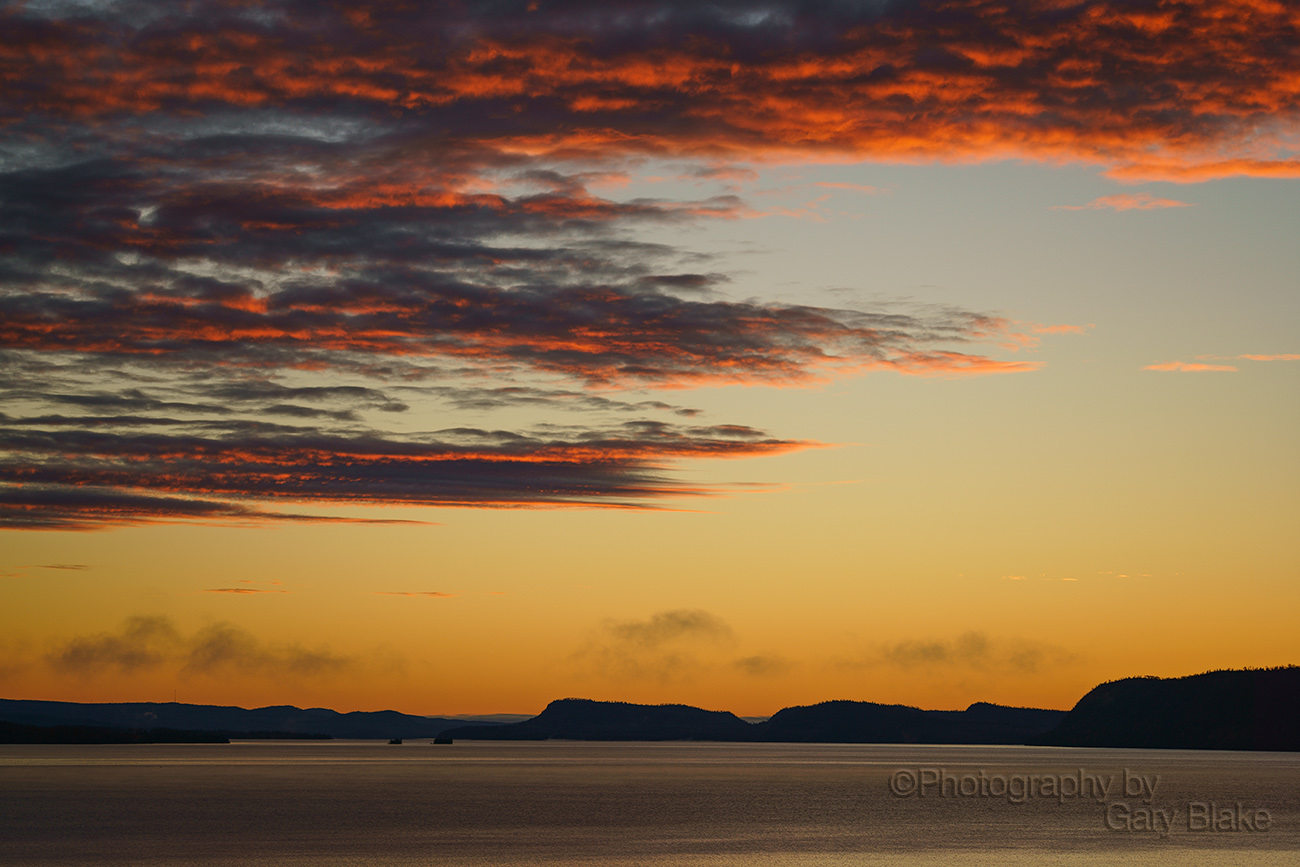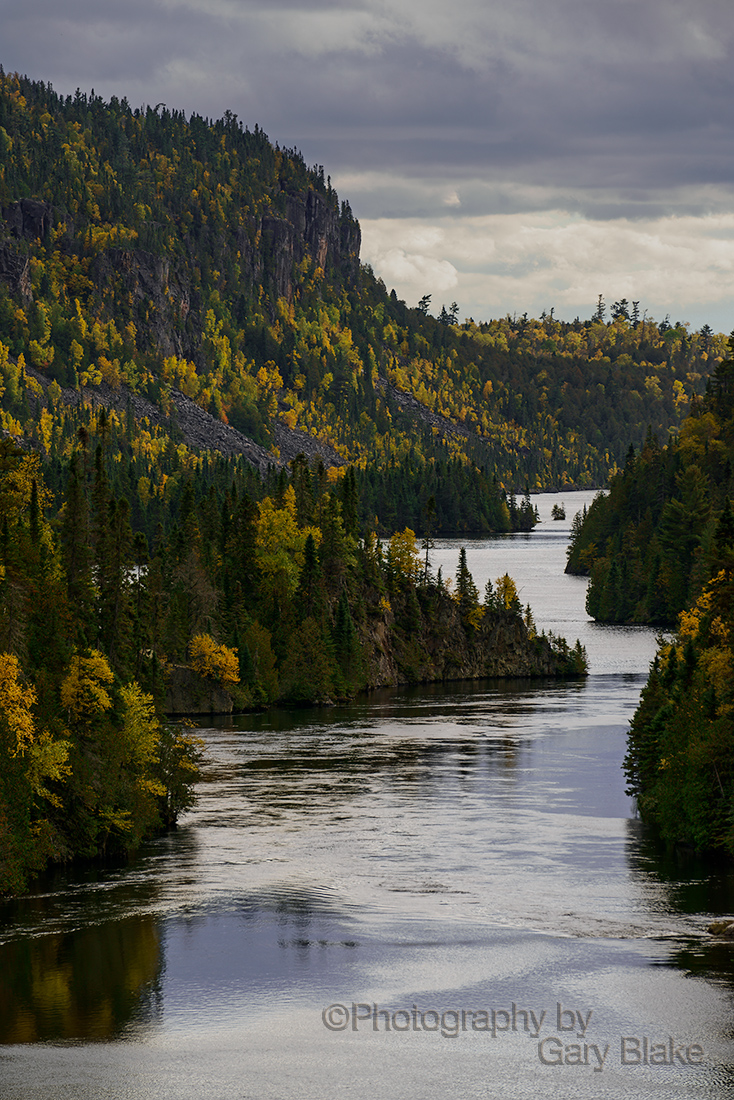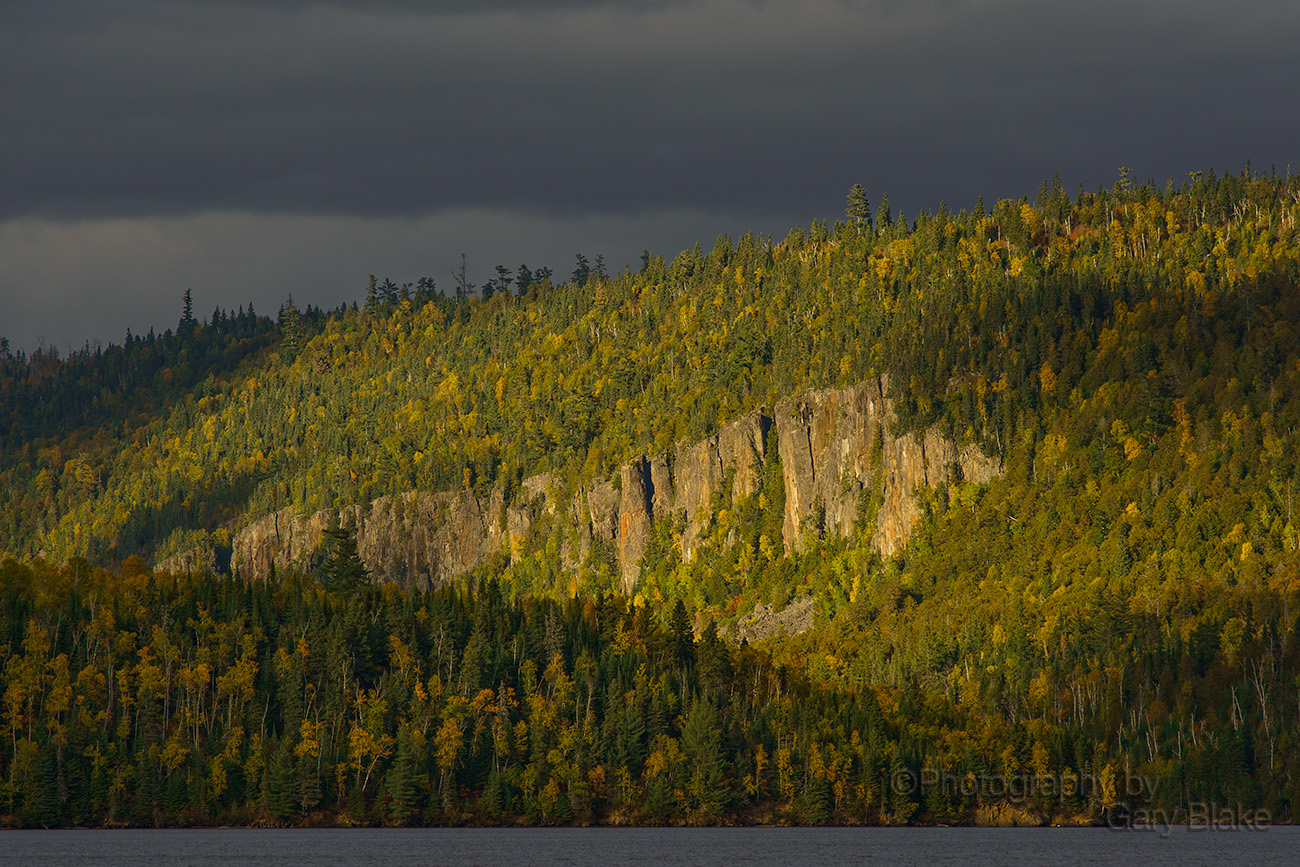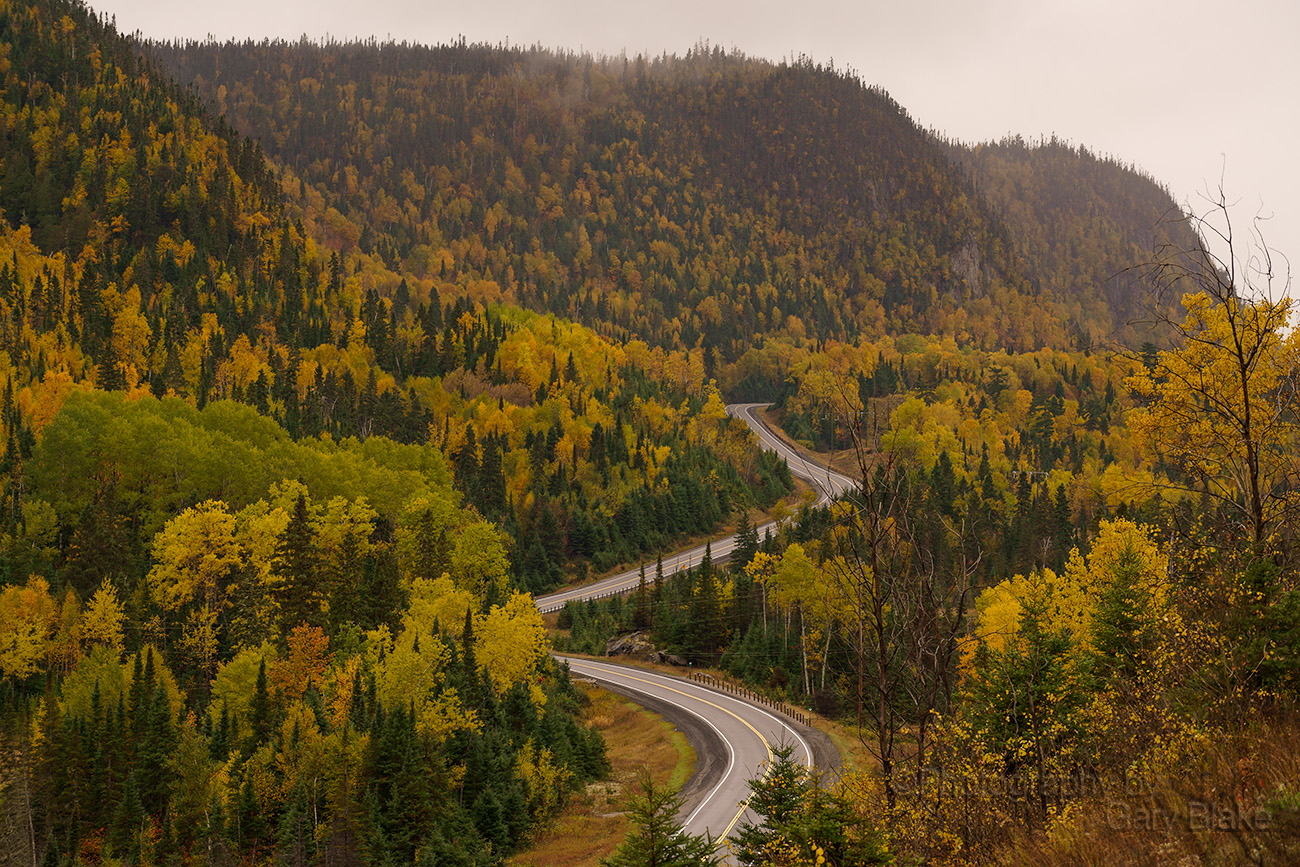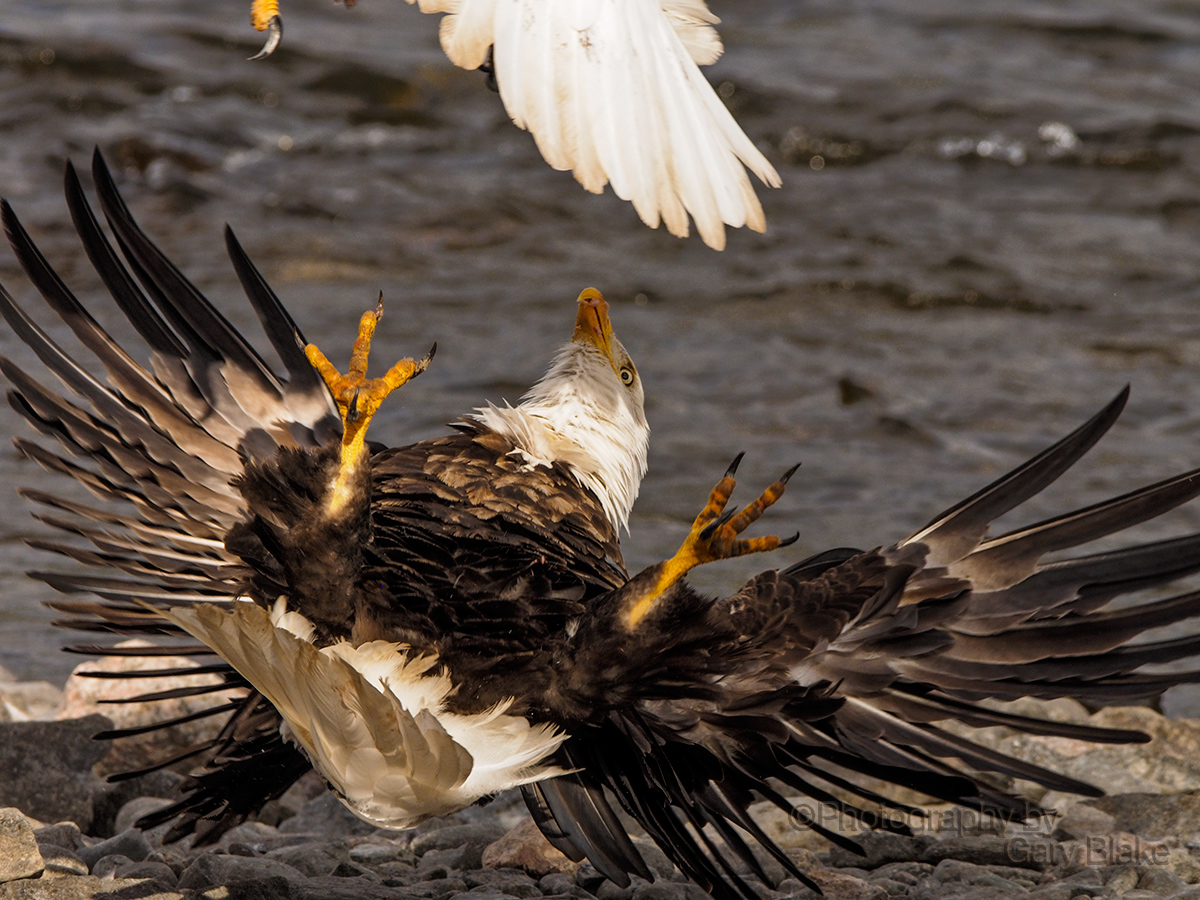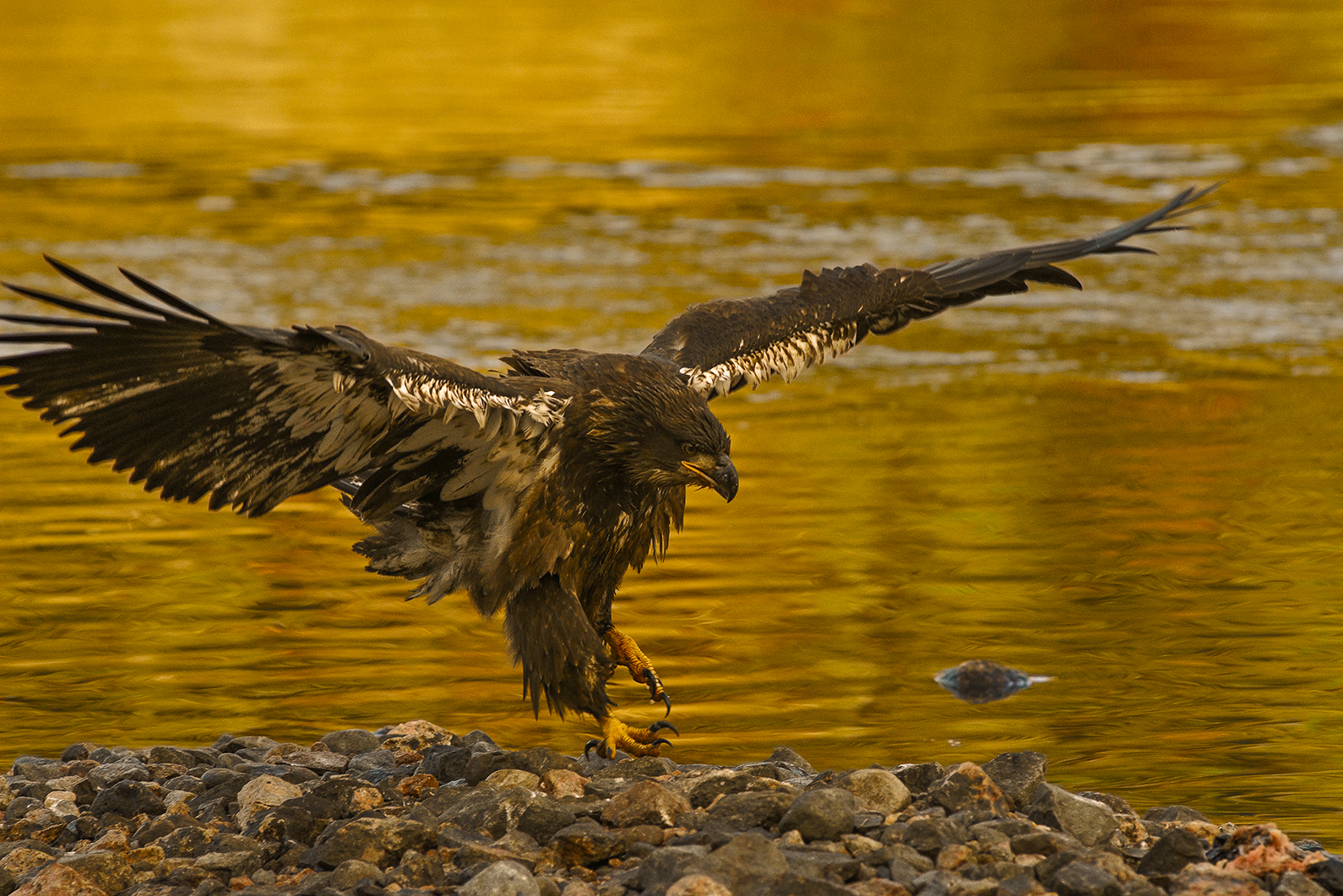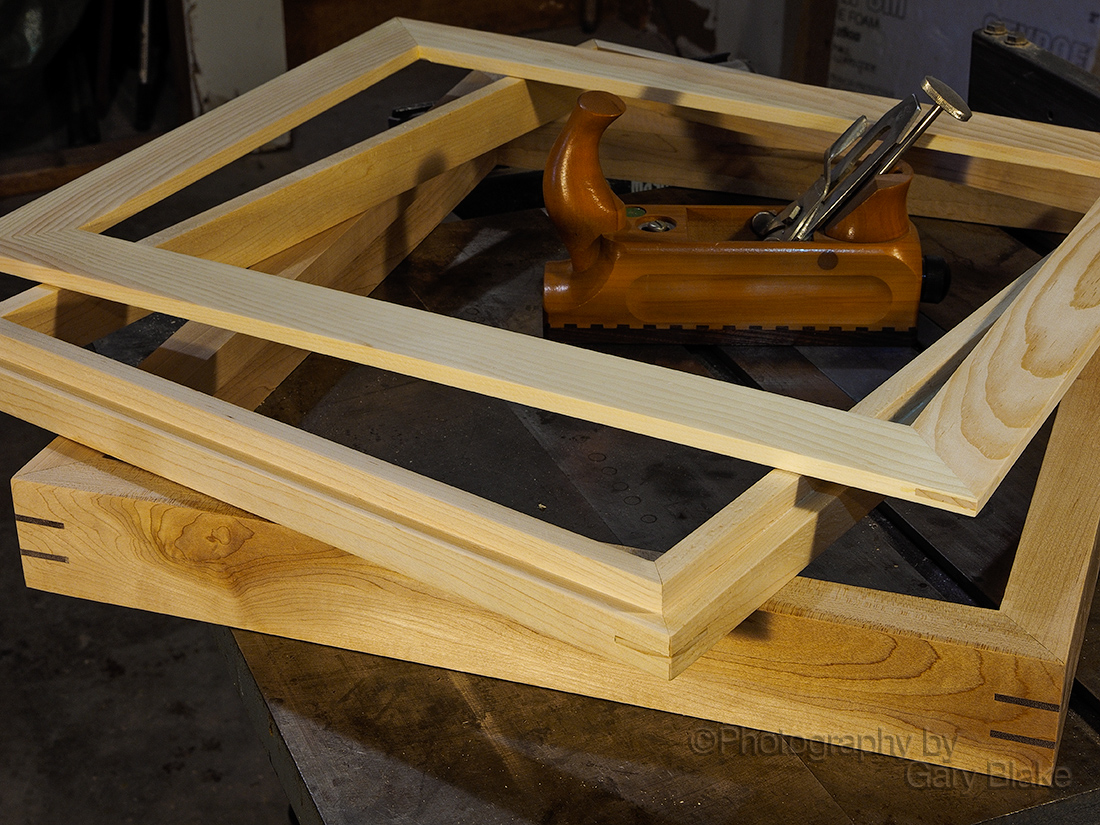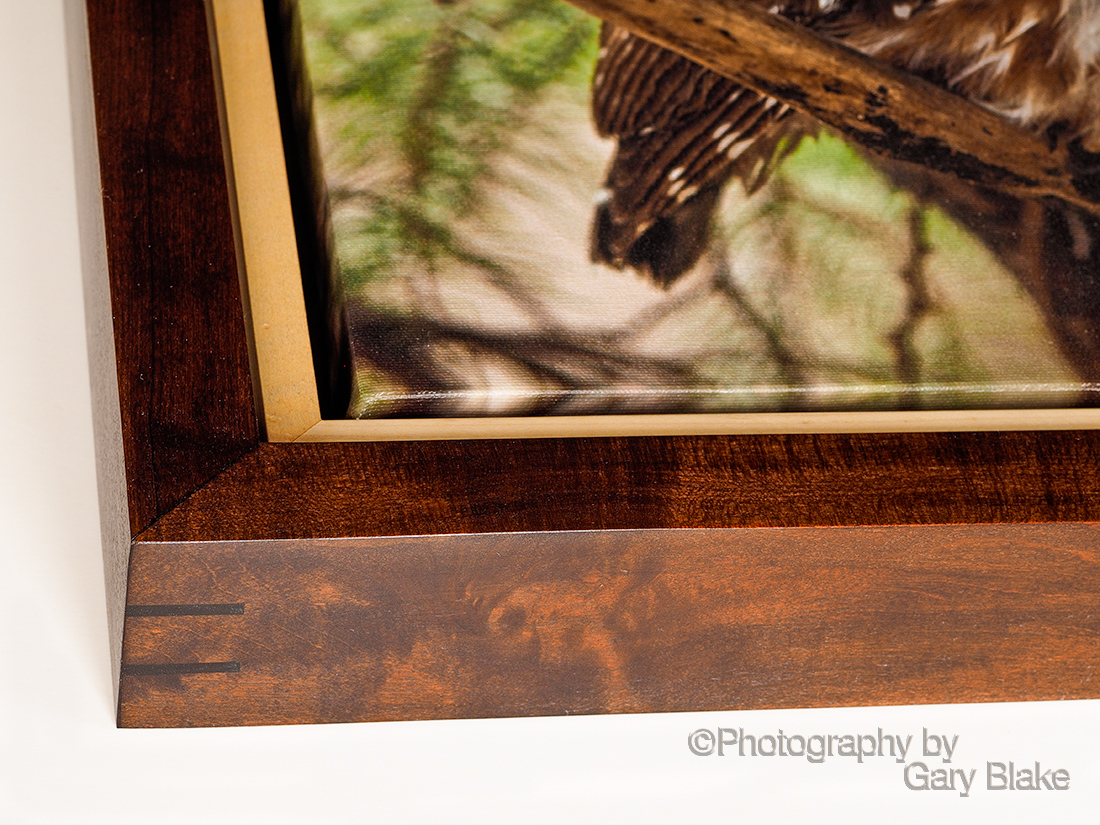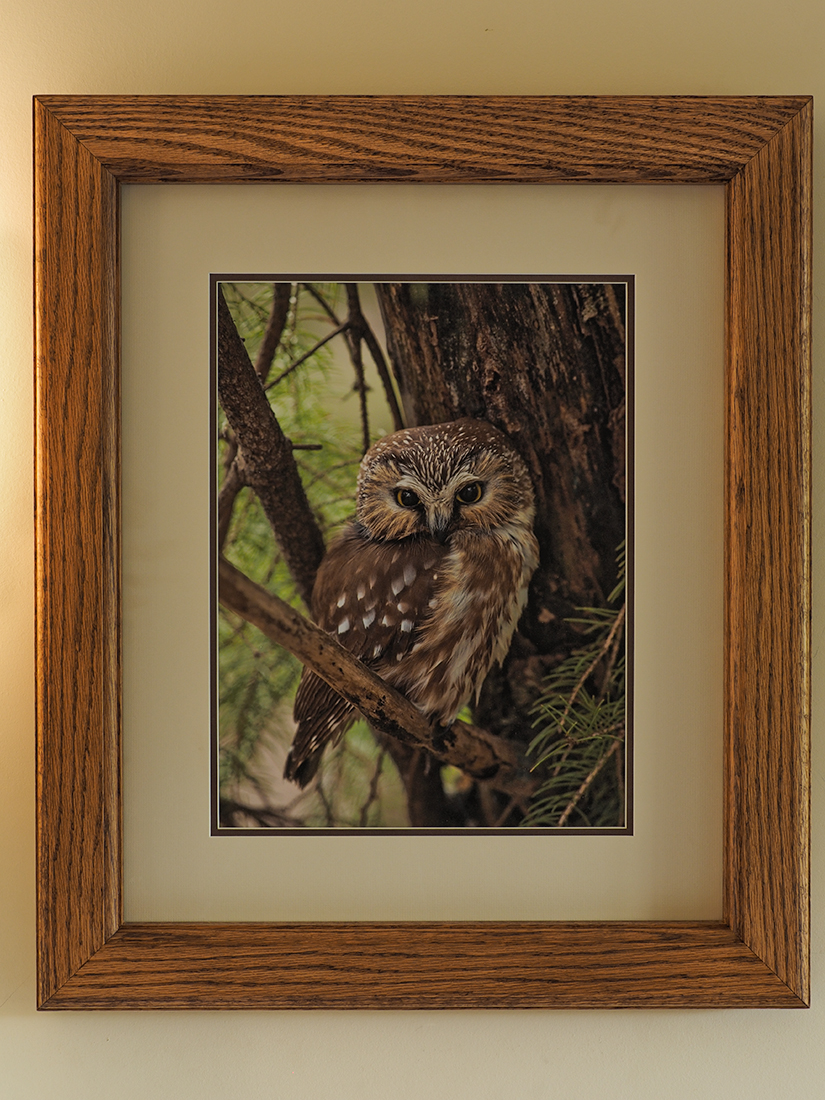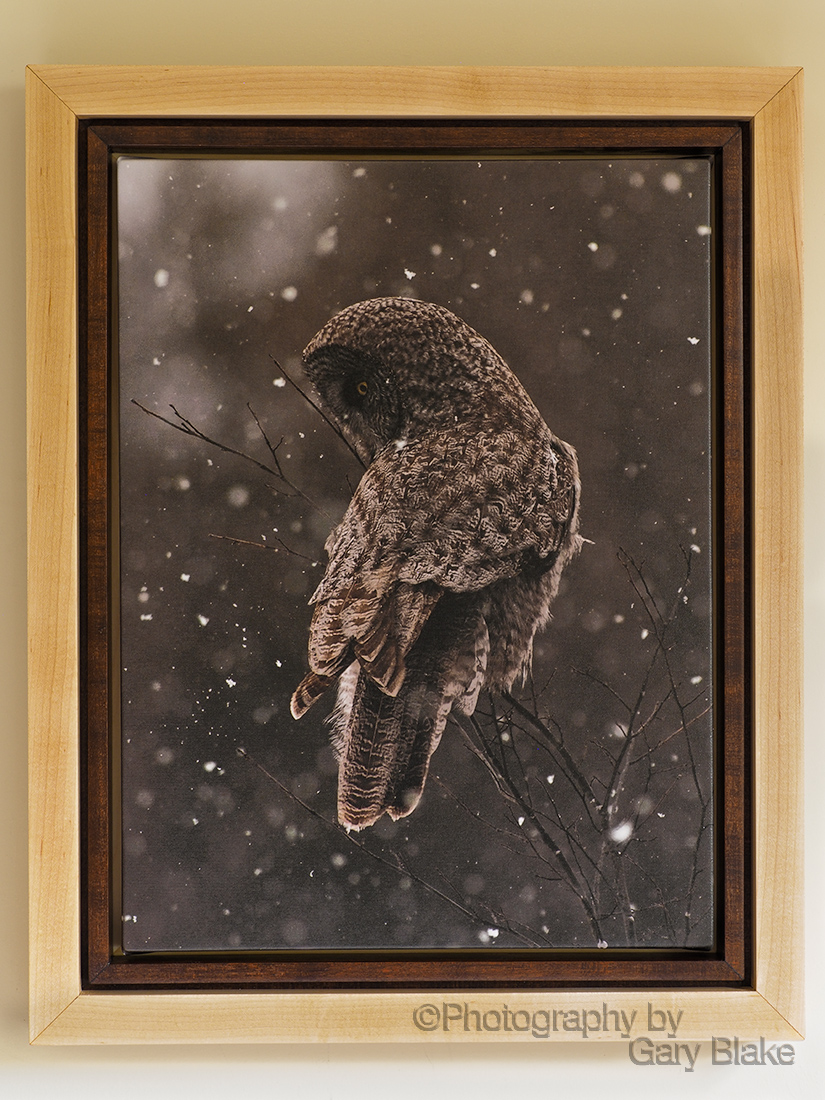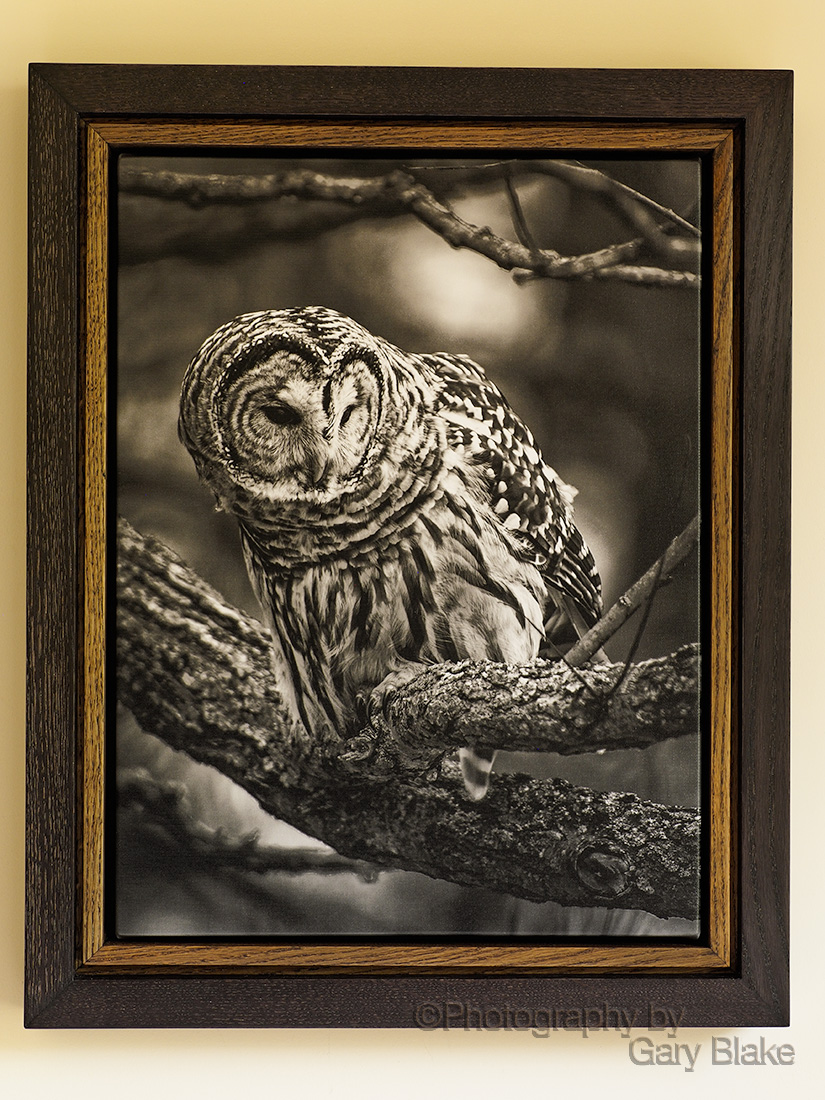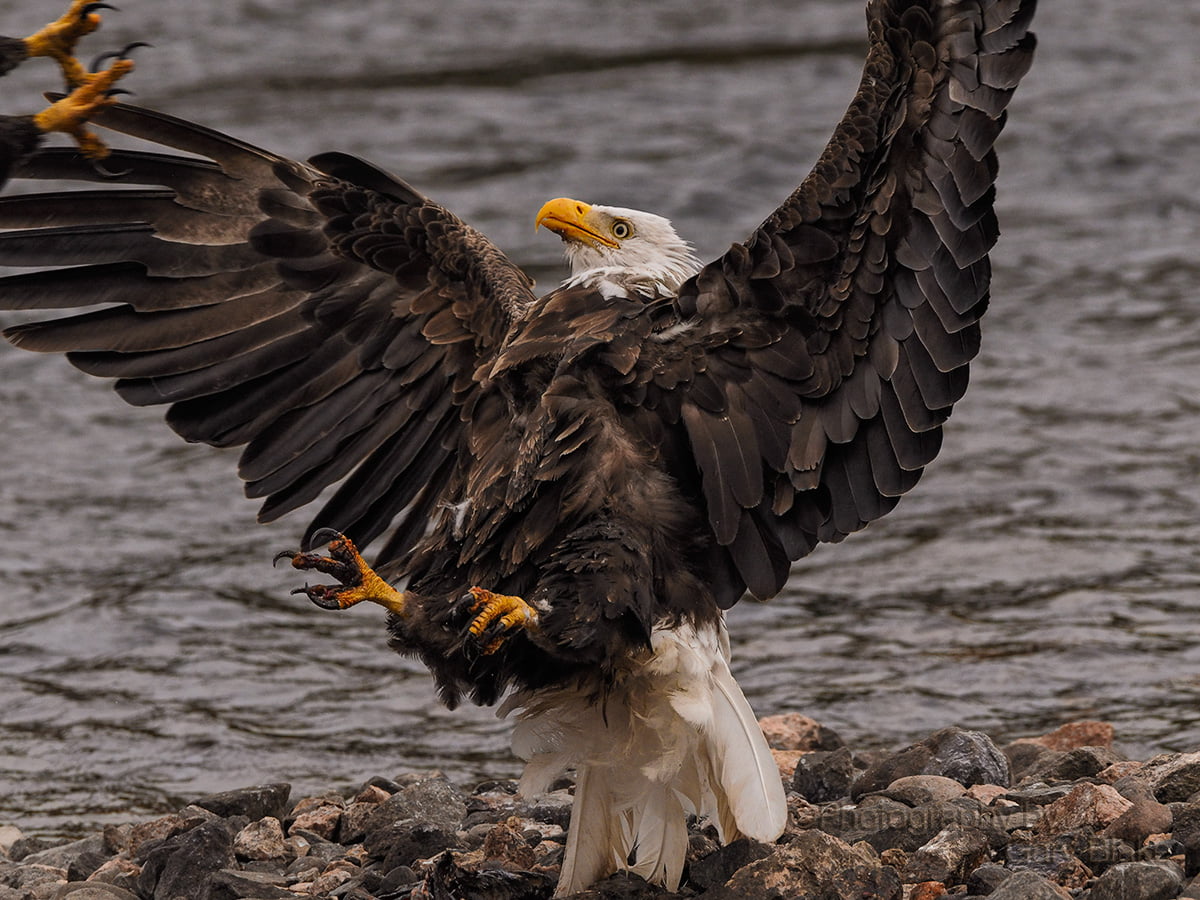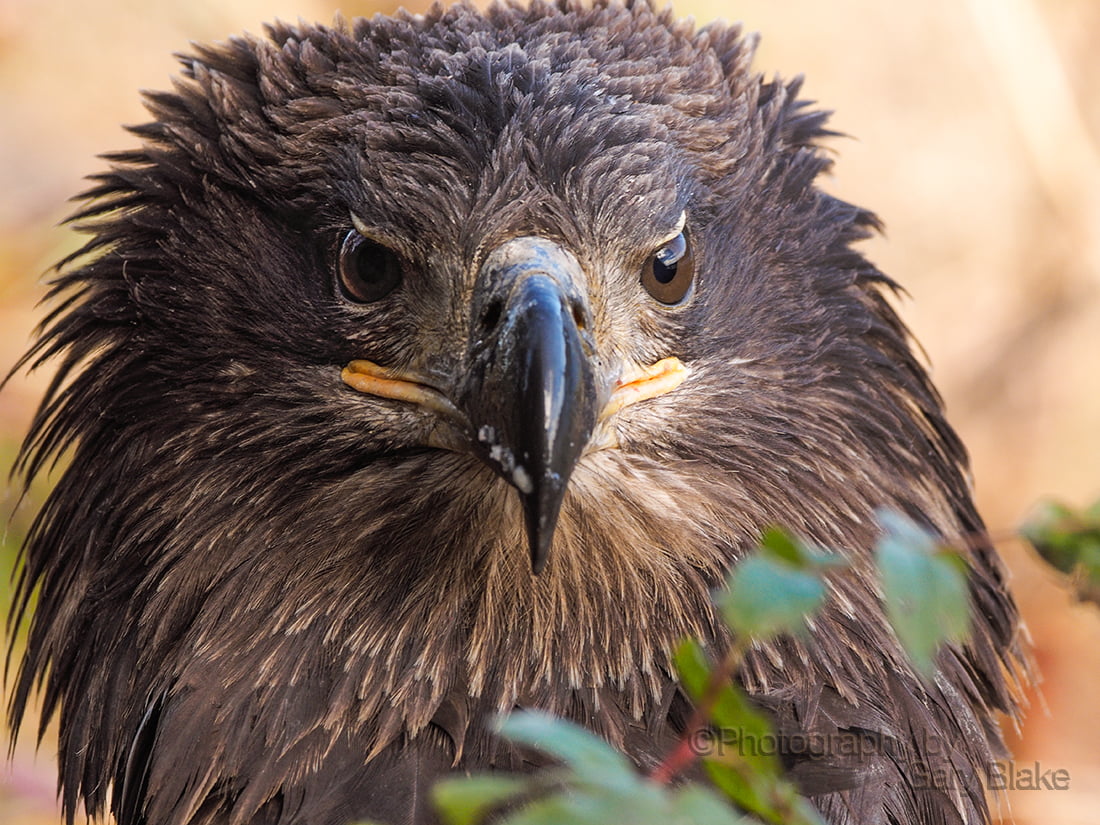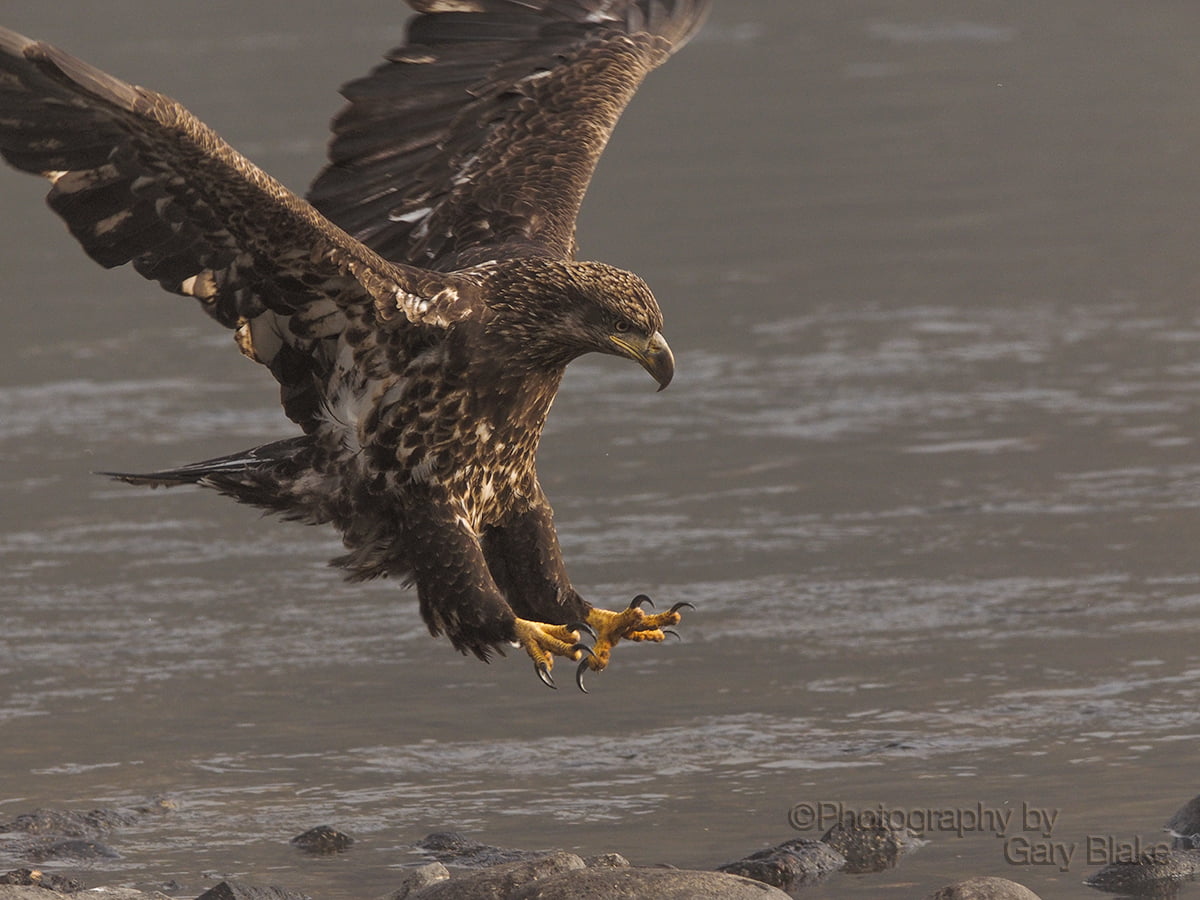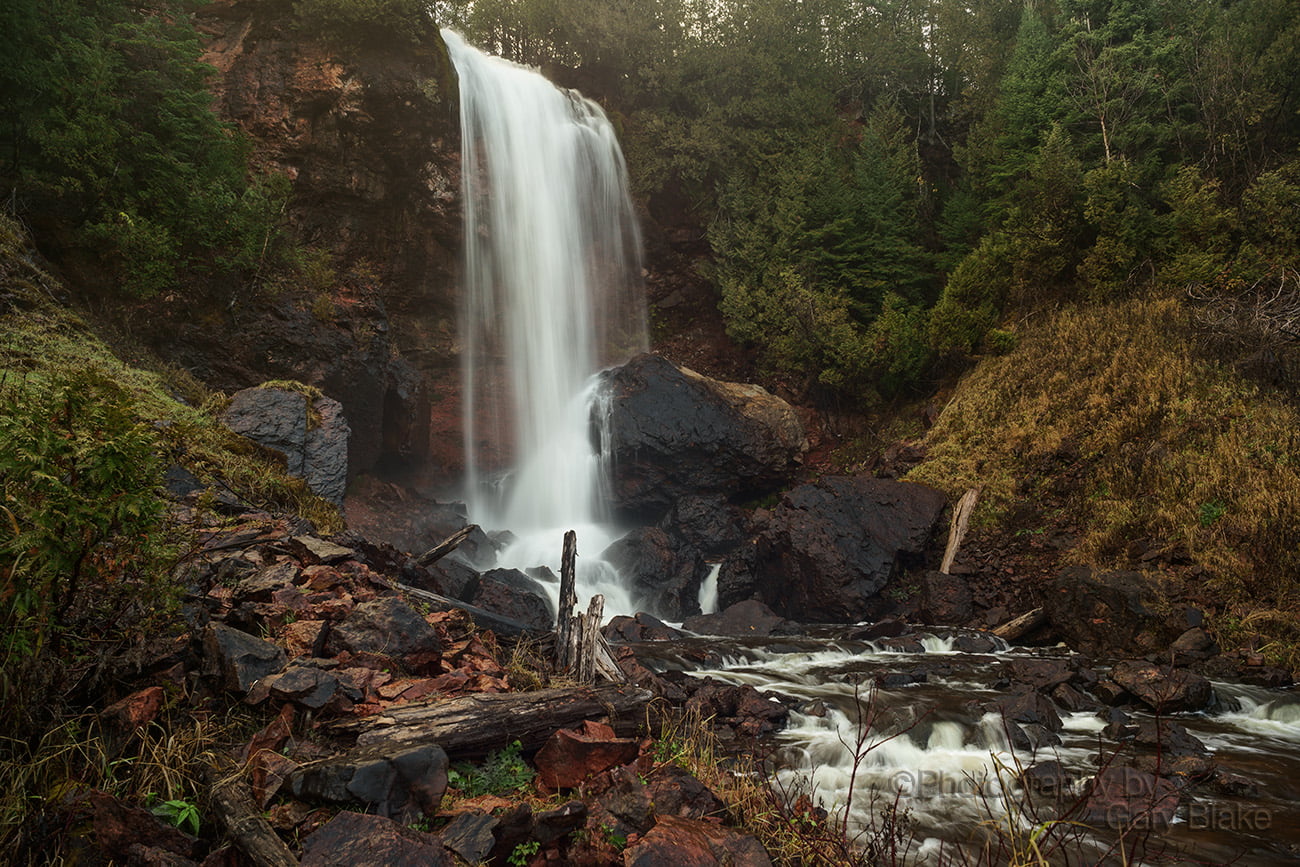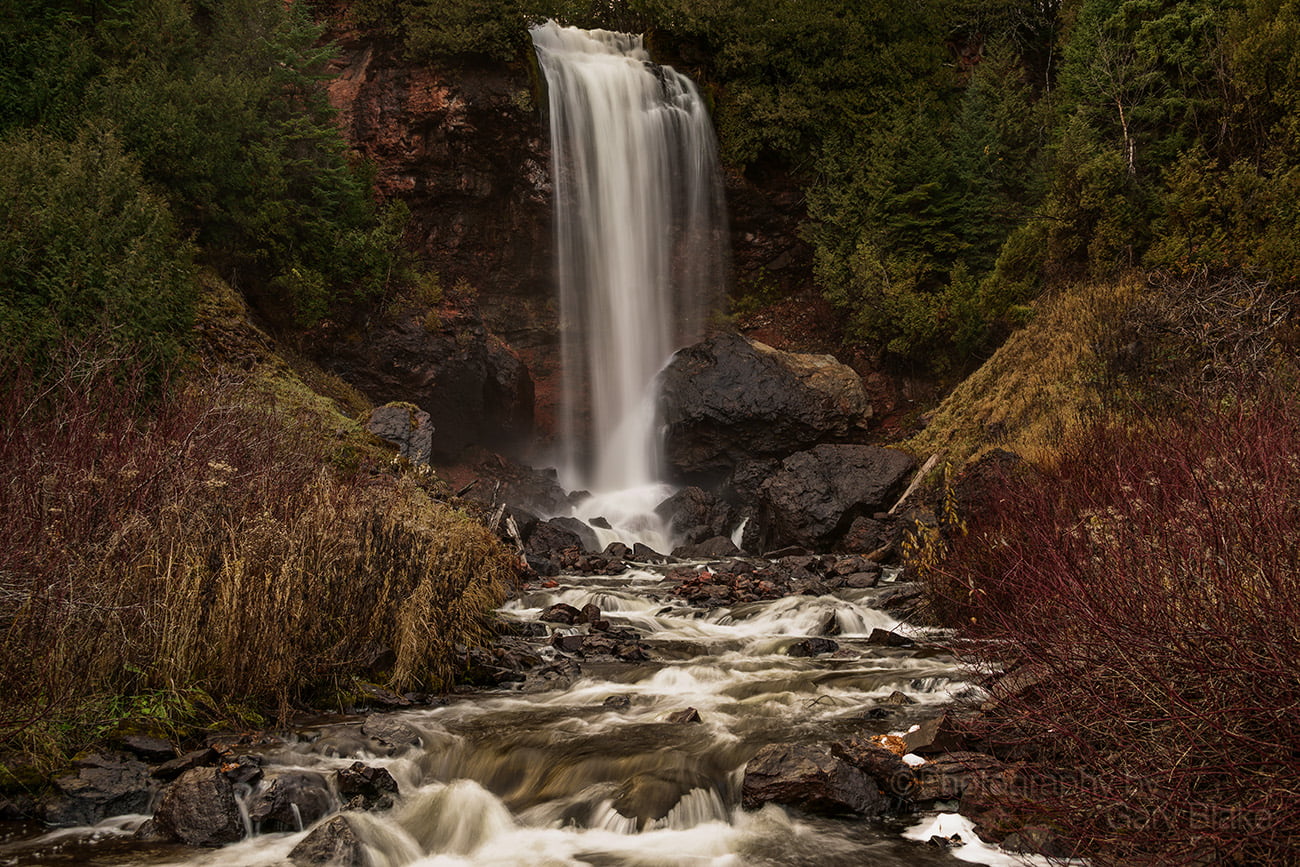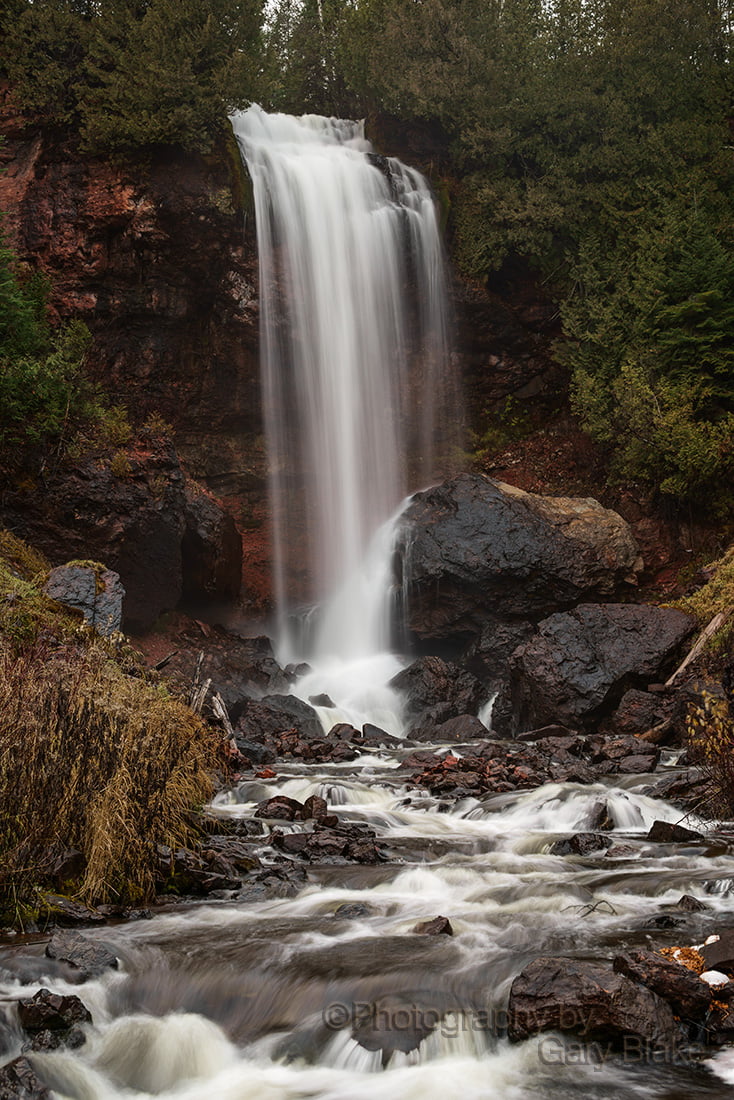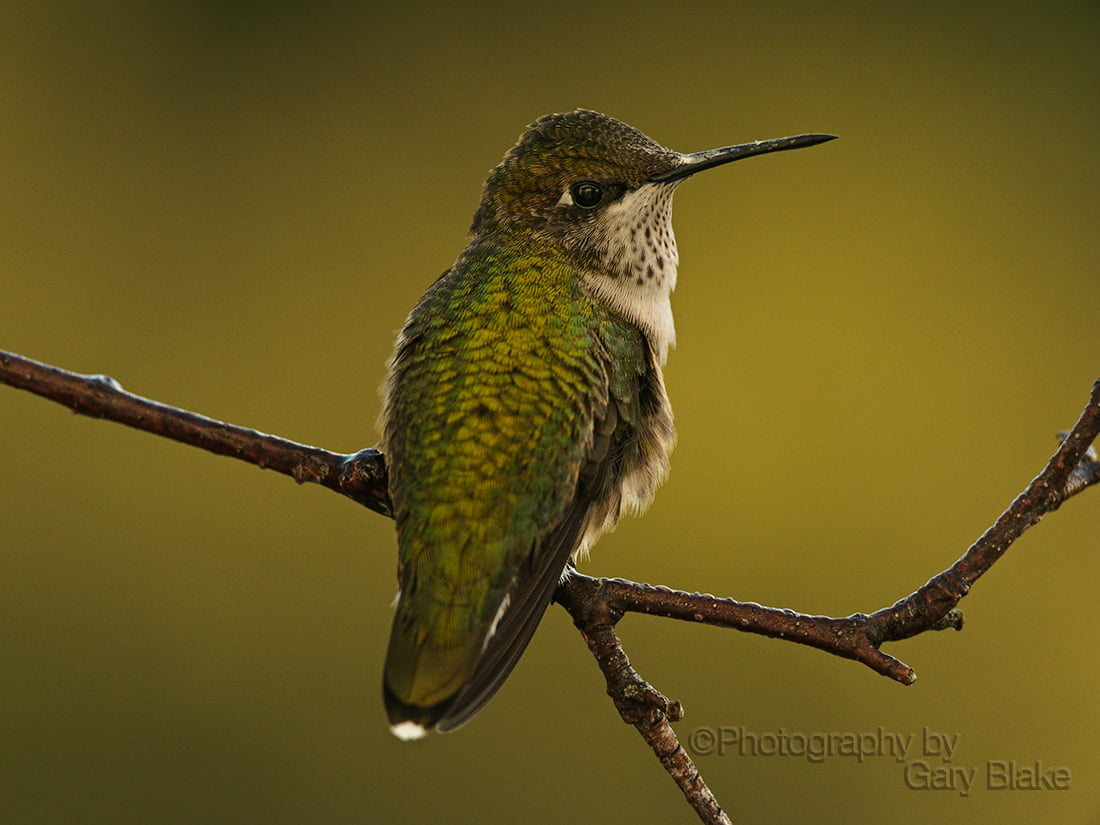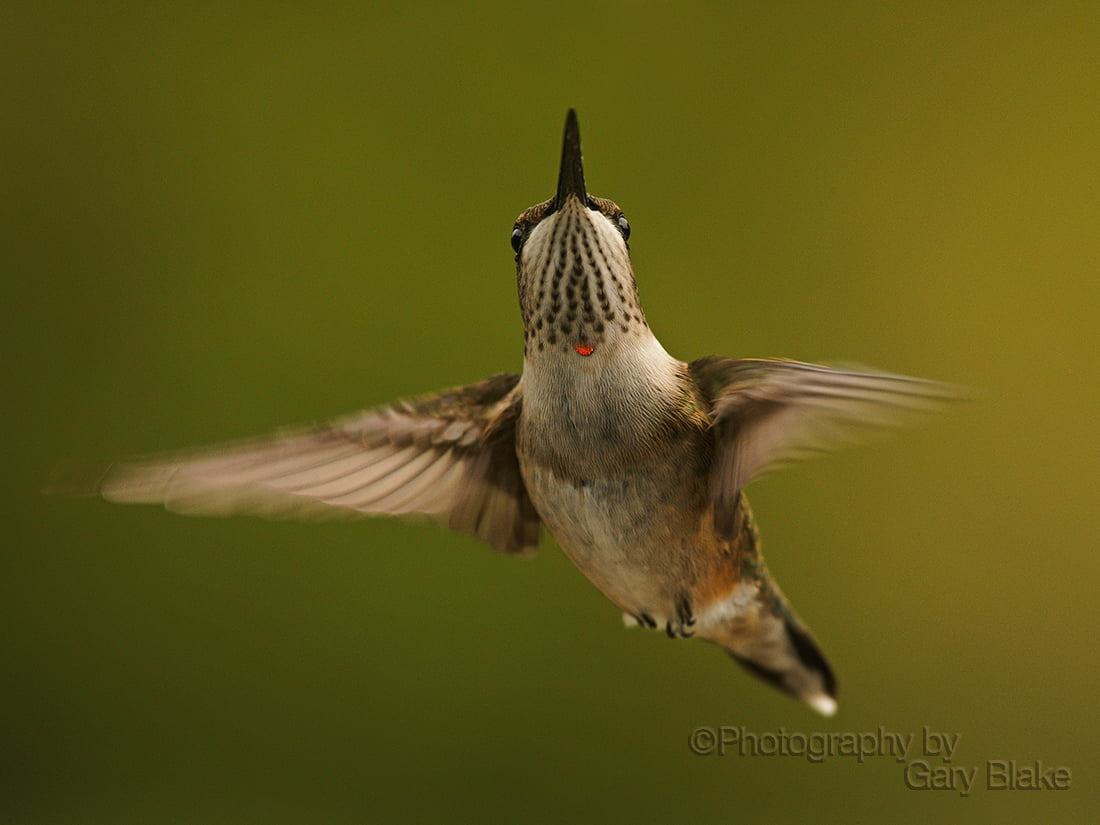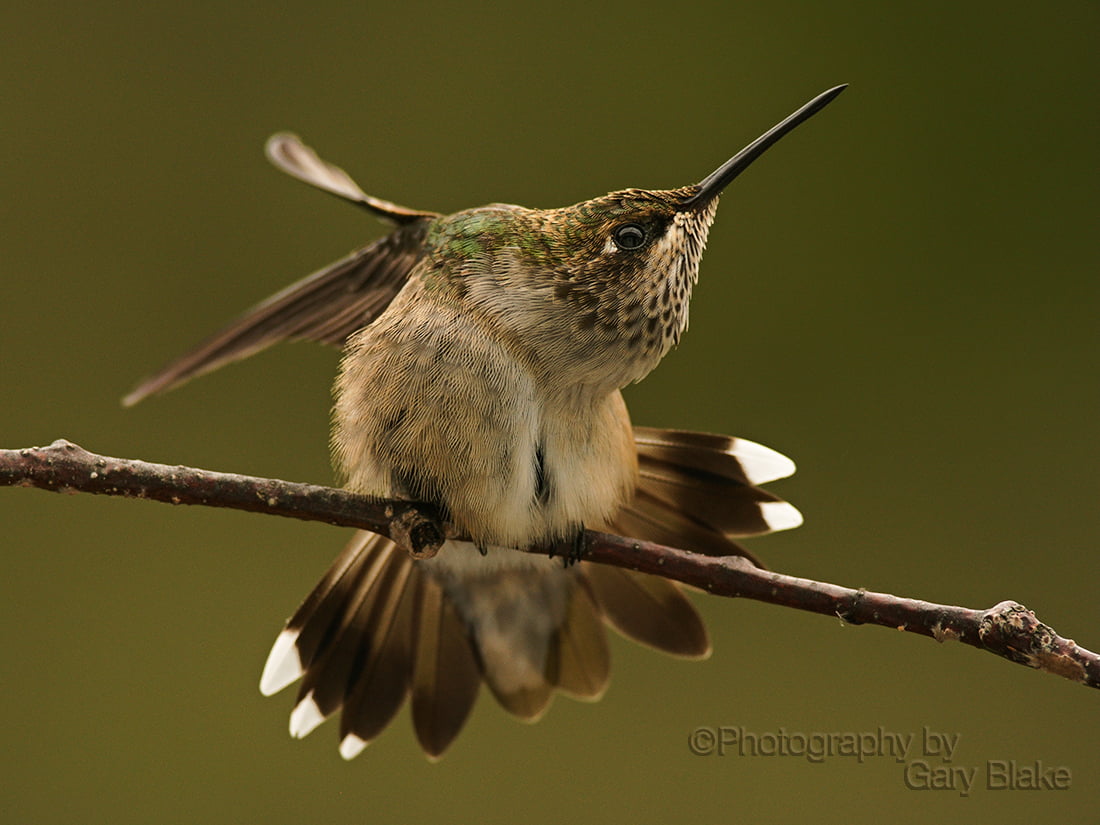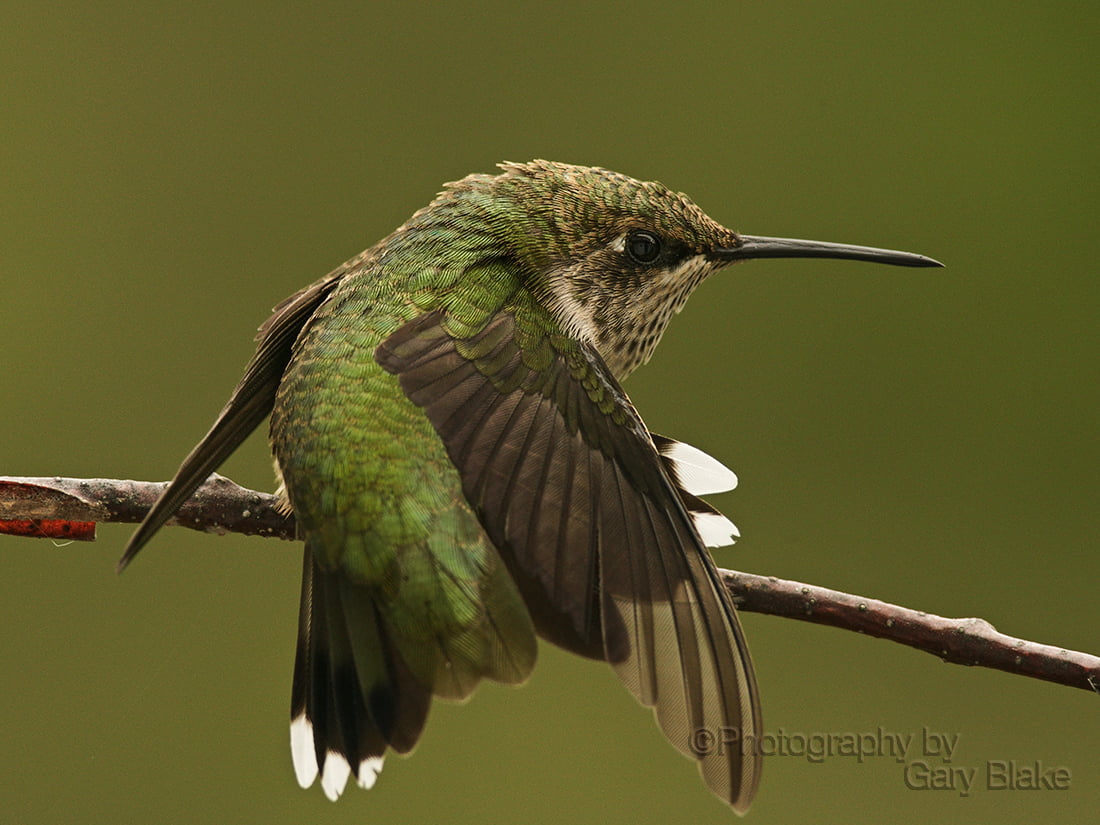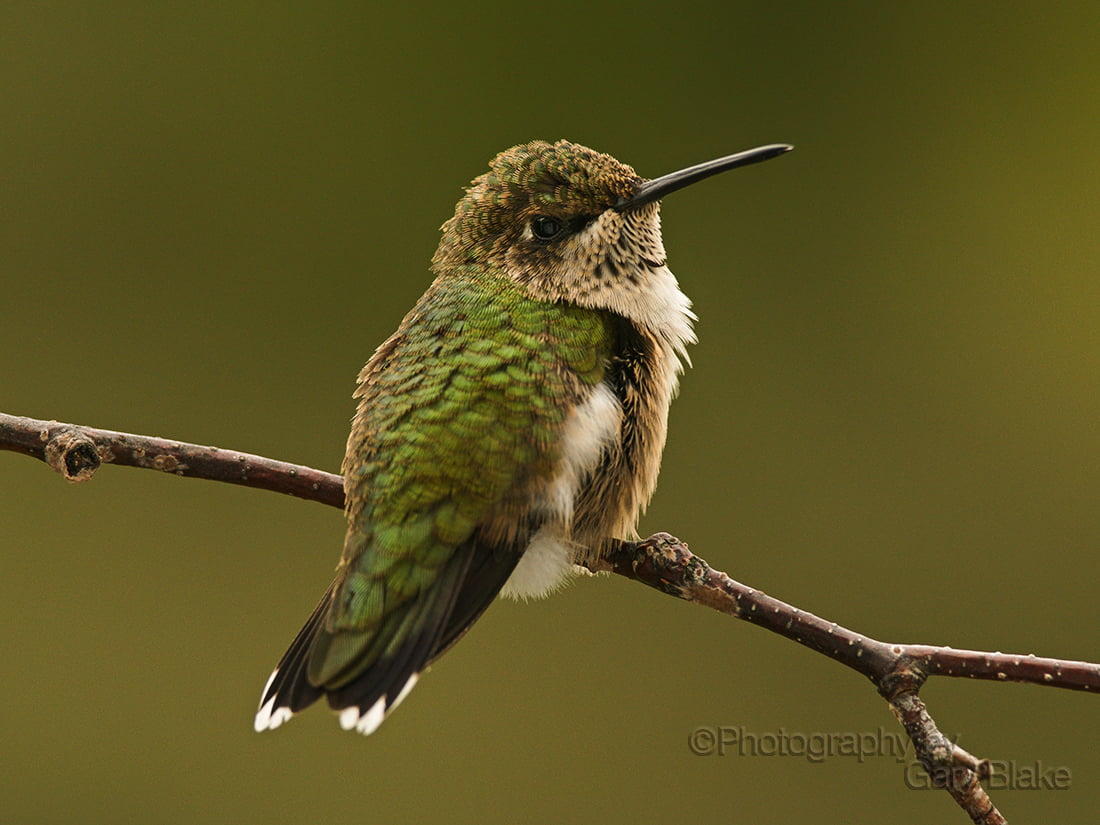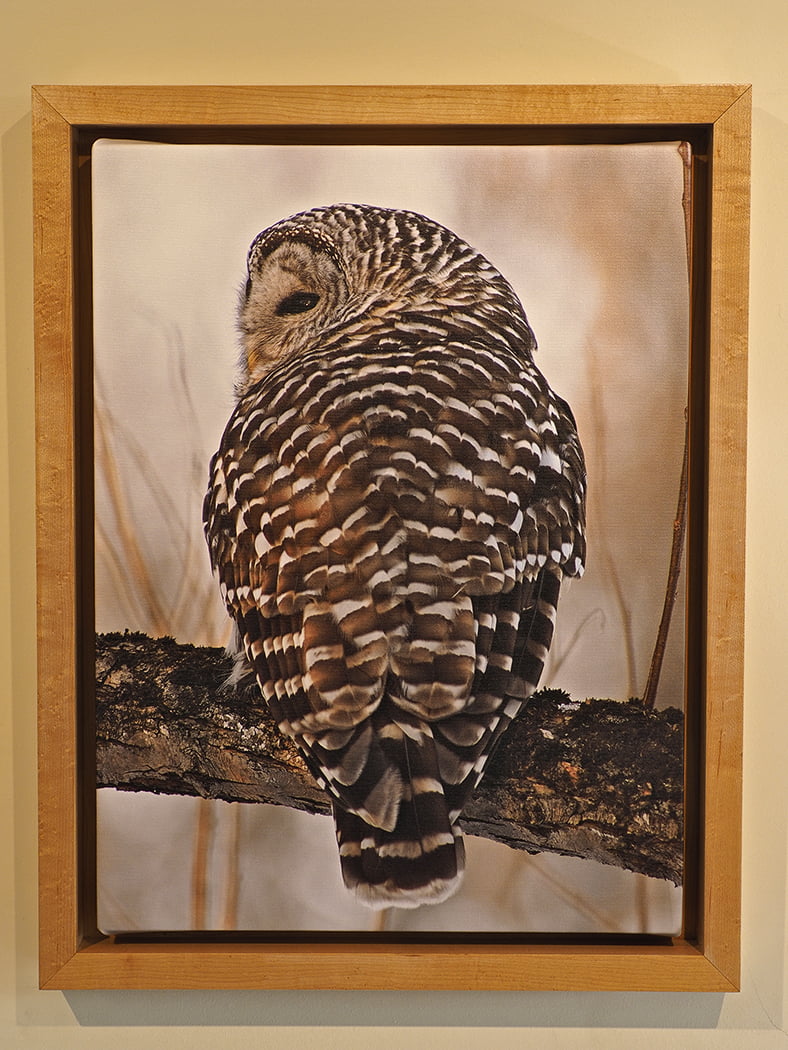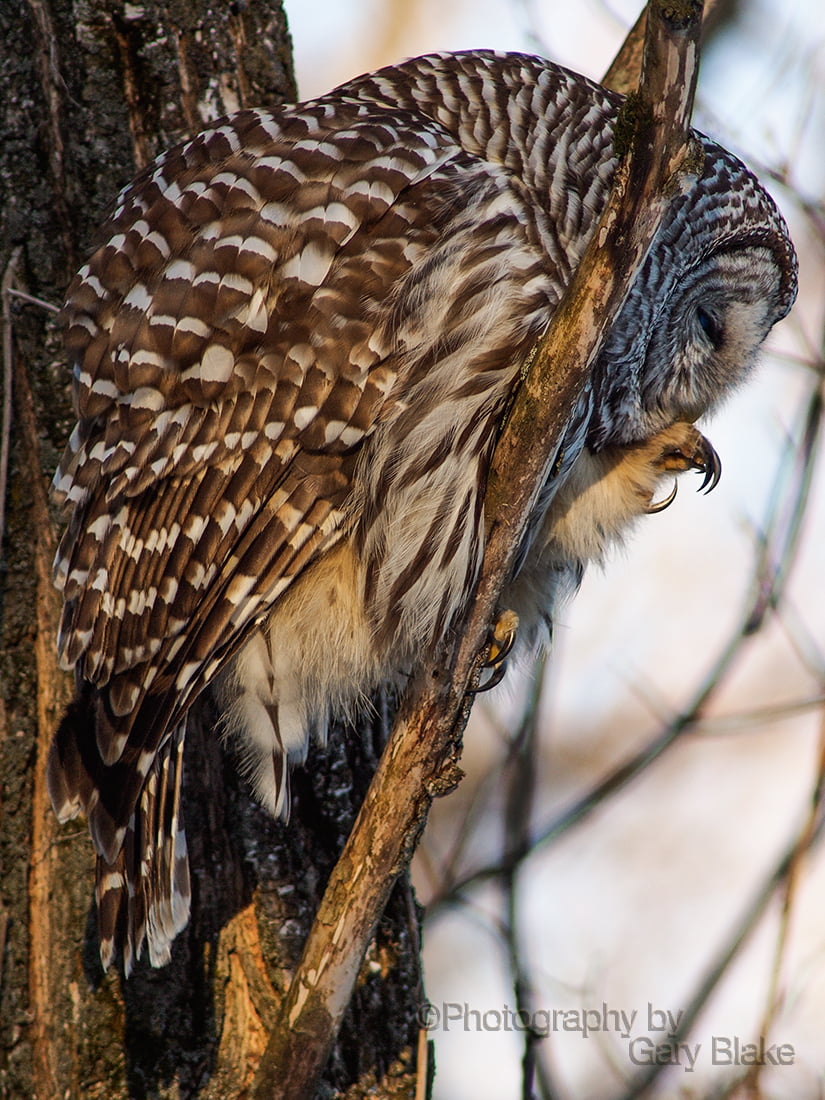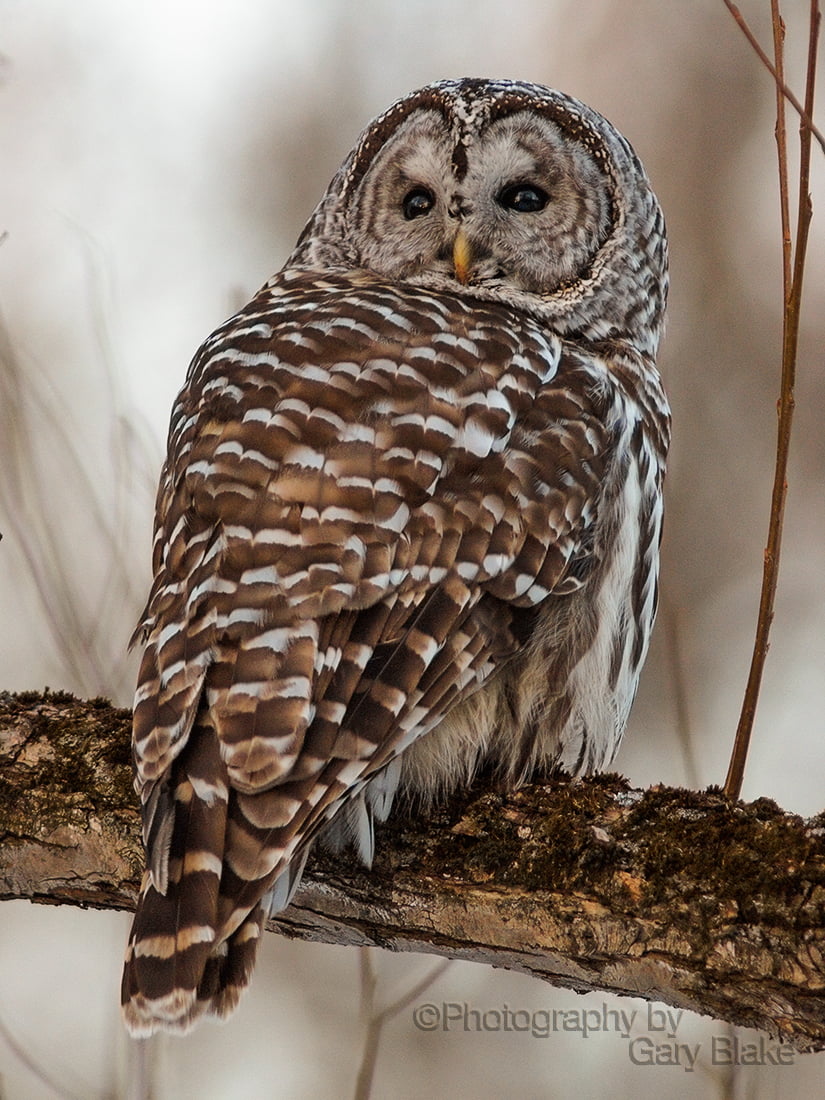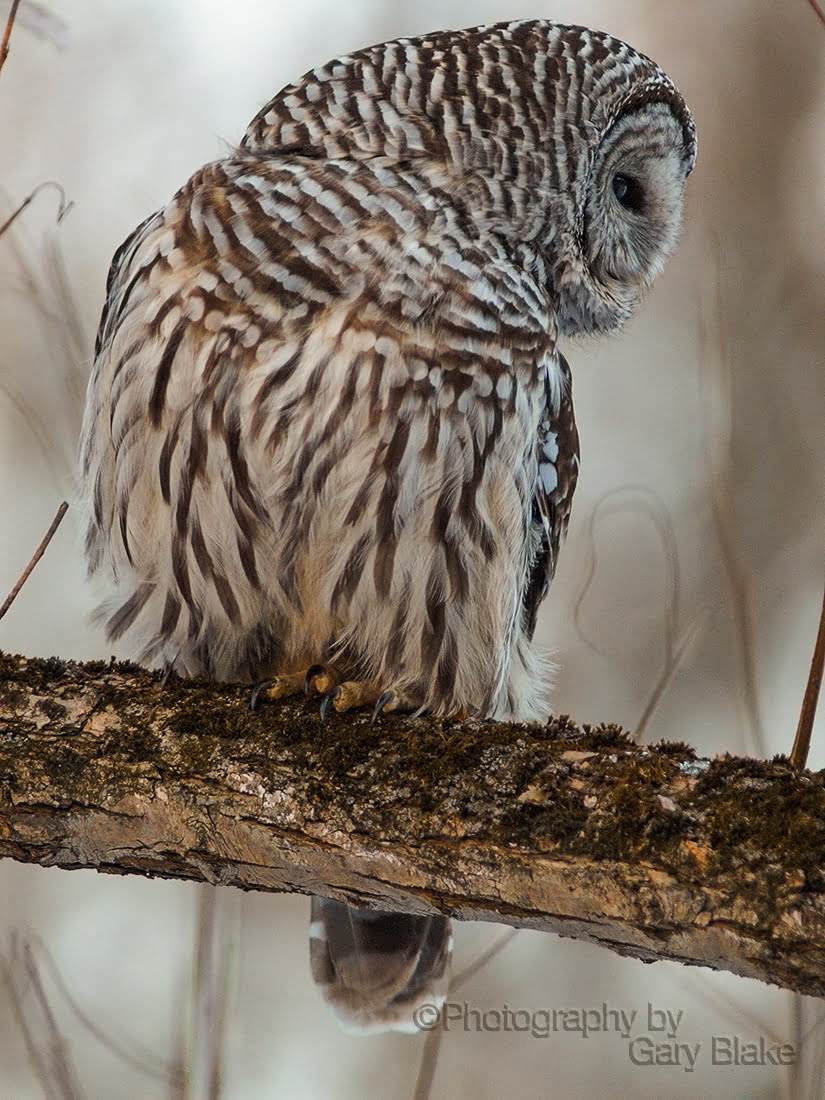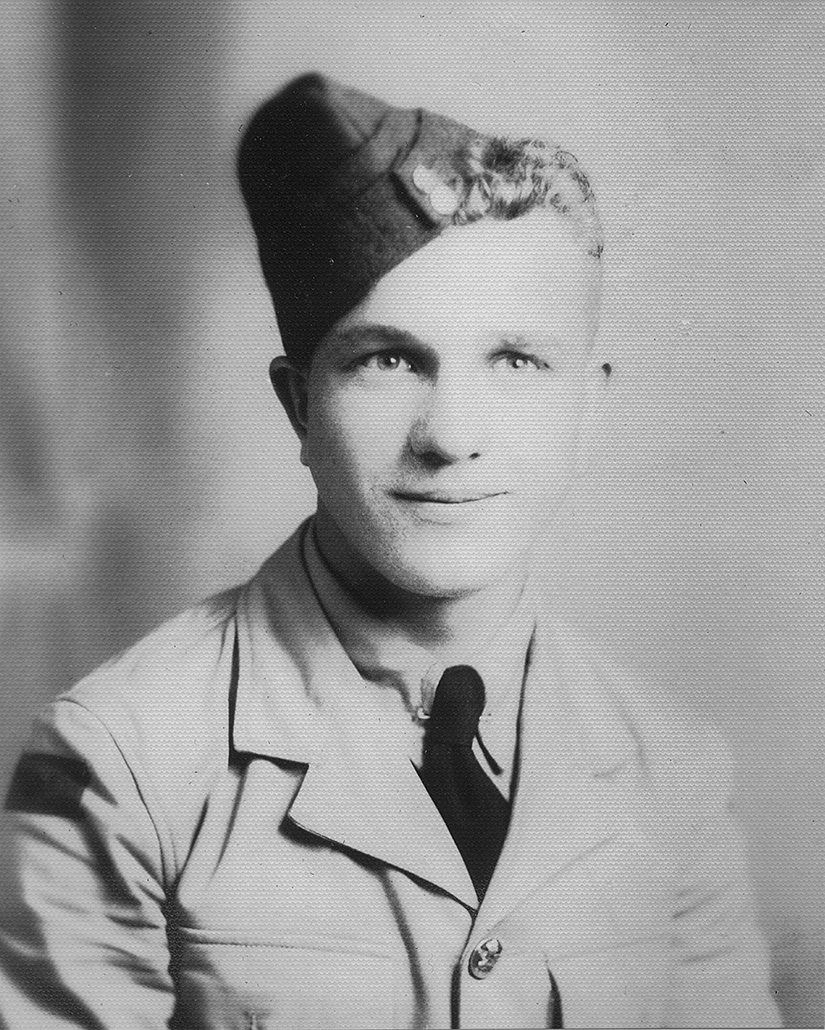
As part of my fall trip this year I had planned to visit the town of Oba in northwestern Ontario. Ever since my father mentioned this town and the role it played in his life I have felt the need to visit. This was to be a homage of sorts to my late father who spent some time in this town in 1943. Dad spent some weeks here working in a lumber camp in order to earn enough money to travel to Ottawa and enlist in the Royal Canadian Air Force and then head off to war.
My original intent was to visit Oba to see if anything remained in the town that would have existed when dad was there. I wanted to get some insight into the place and the time in history during World War II and what it all must have been like for a boy/young man 16 years of age passing through here on his way to join in on the making of that history.
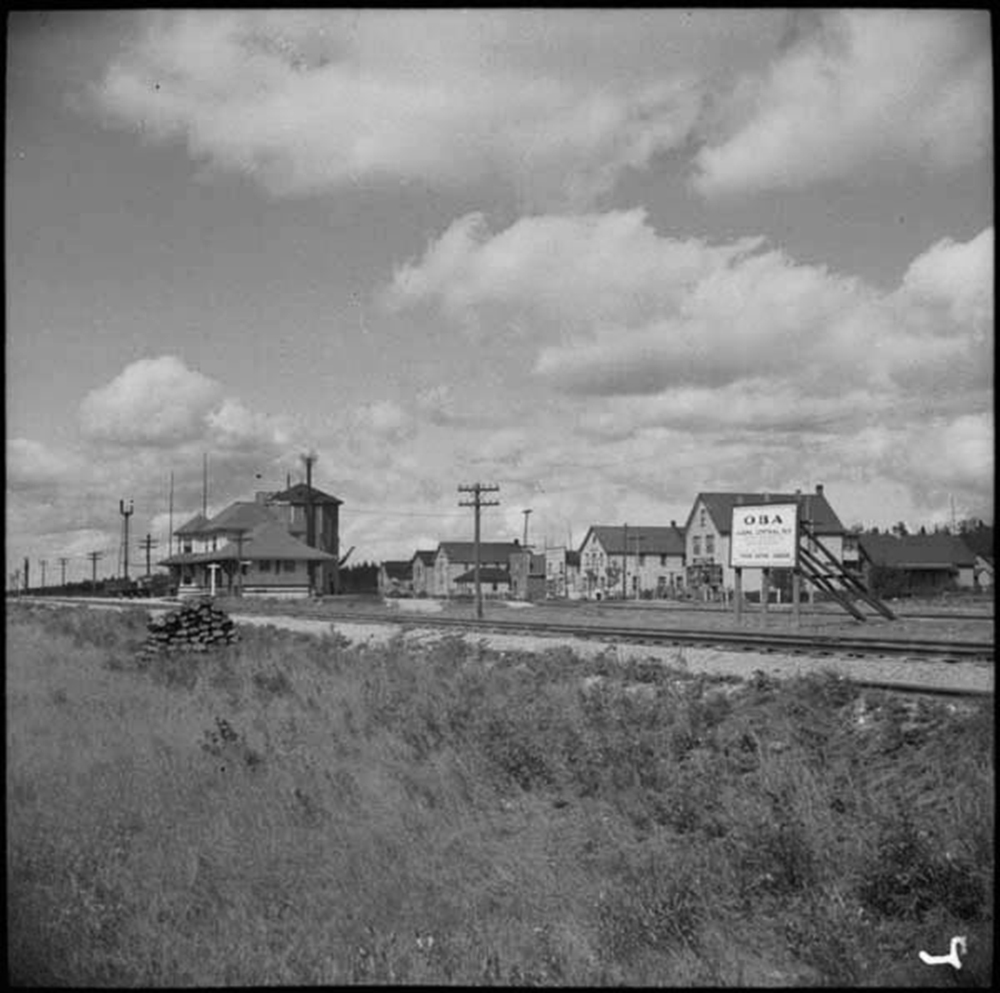
Oba lies about 80 km. due south of Hearst, Ontario as the crow flies. The only way to get there in 1943 was by rail. The town is situated at the junction of the Canadian National Railway line (CNR) and the Algoma Central Railway line (ACR). The main employers in the town were the railways and several lumber camps operating in the area. The town had a beautiful train station, built in 1911, and was the only northern Ontario train station to have a corner tower. At one time there were three hotels operating in the town, stores, and a school. The population apparently peaked at about 300 people.
Over time the arrival of diesel locomotives and the mechanization of the logging industry led to fewer jobs and the town began a rather rapid decline.
Oba is still a rather difficult place to get to. All passenger rail services on both lines have been suspended since 2015. I headed south on highway 583 from Hearst until the highway ends and from there on in you are traveling on gravel logging roads. There is a distinct lack of signage on these roads to provide direction. I found a logging truck pulled over at the side of the road and the driver provided instructions as follows “drive exactly 69 kilometers south on this road and then turn right and go another 23 kilometers and you will be in Oba”. Those directions and the GPS worked pretty well (There are a lot of branch roads leading off the main logging road.)
Logging is still very active in the area as evidenced by the many loaded logging trucks heading up the main road. I would suspect that most of the people employed in logging would now be living in Hearst and surrounding area.
Once in Oba I met a CNR employee working in the rail siding and the local postmaster. The CNR employee was quite helpful and knew quite a bit about the history of the town. He pointed out the location of the three hotels, two of which were still standing and one that had been recently demolished. His best guess was that these were built around 1930. He also provided information that there are only three full time residents left in the mostly abandoned town. Quite a drop from the approximately 300 peak population. Most of the buildings that remain standing are only seasonally occupied, used by hunters and fishermen. He also directed me to the old part of the town which lies south of the railway tracks along the Oba River.
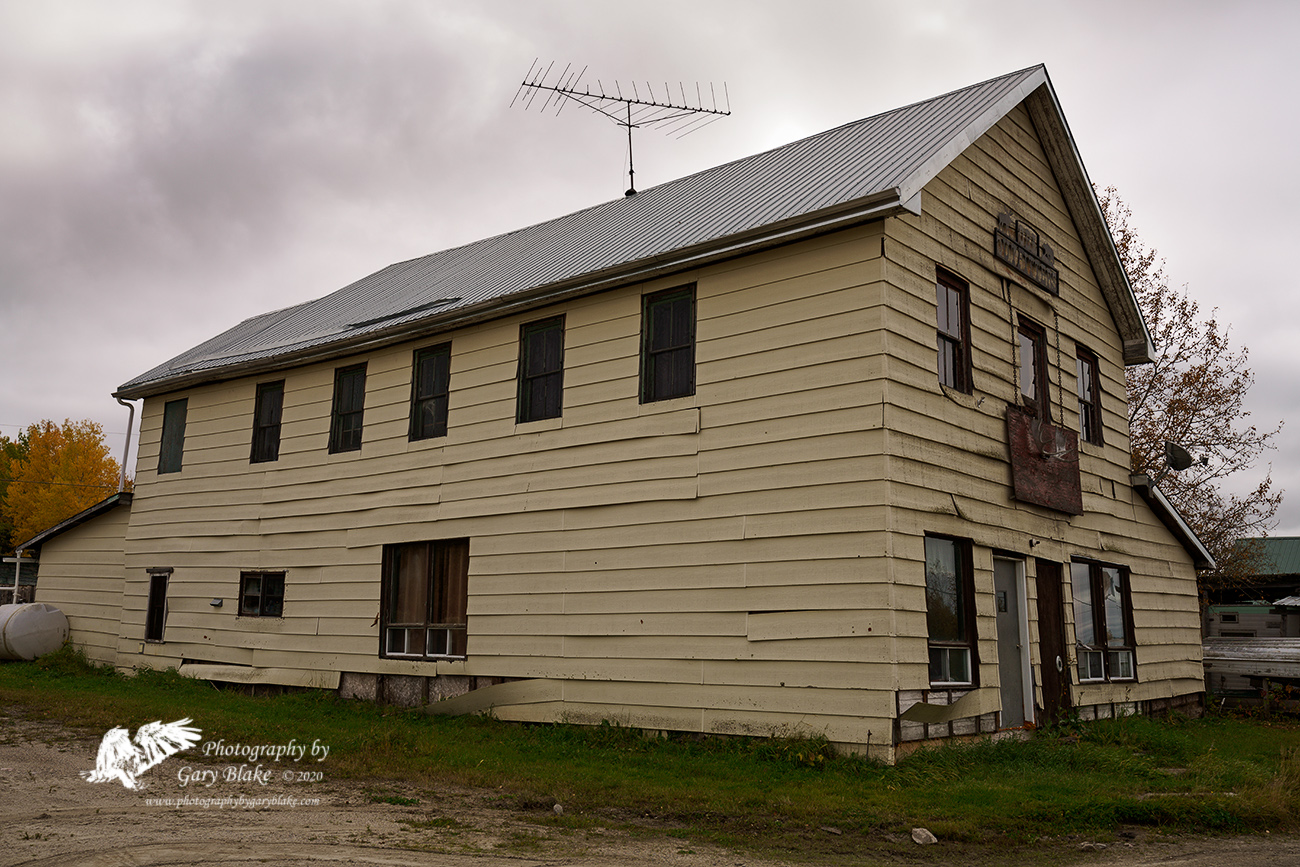
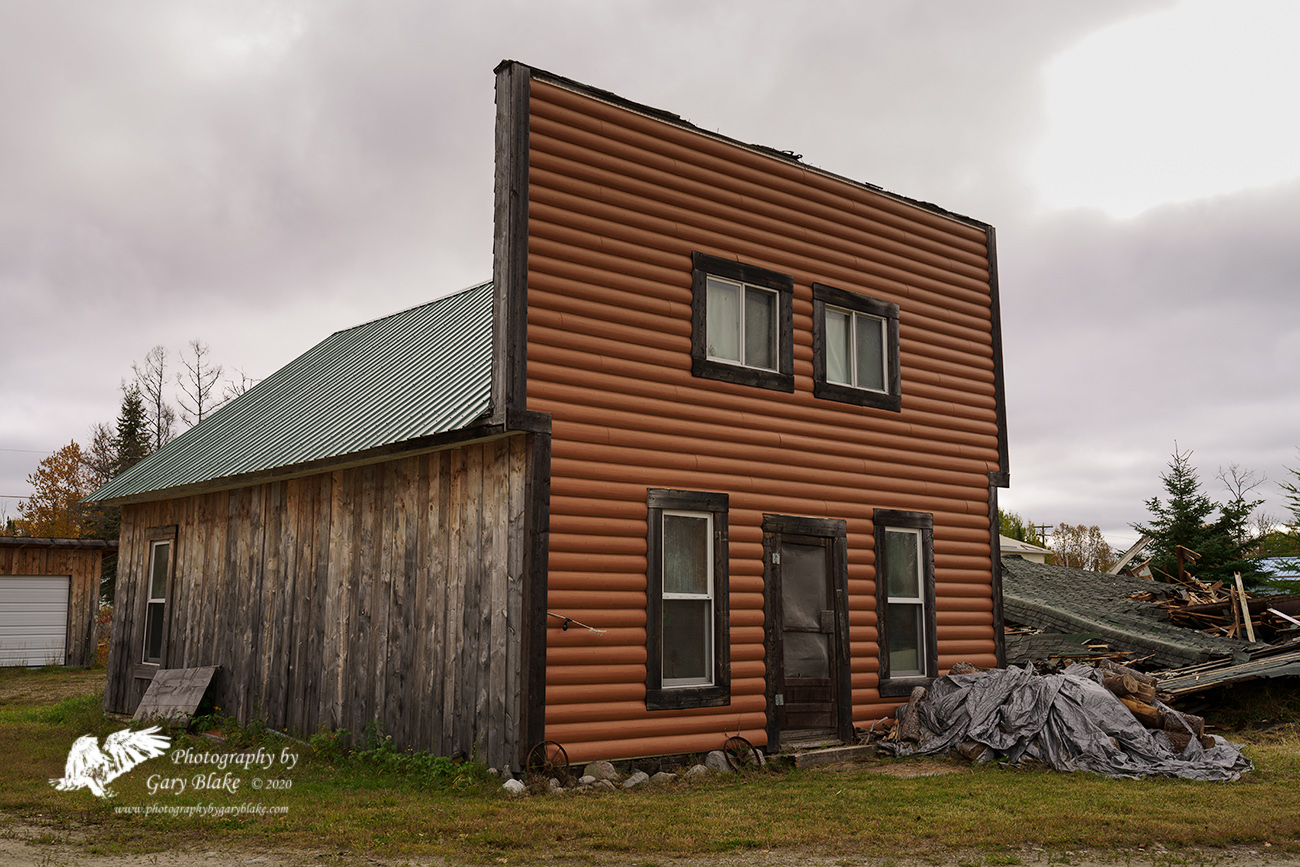
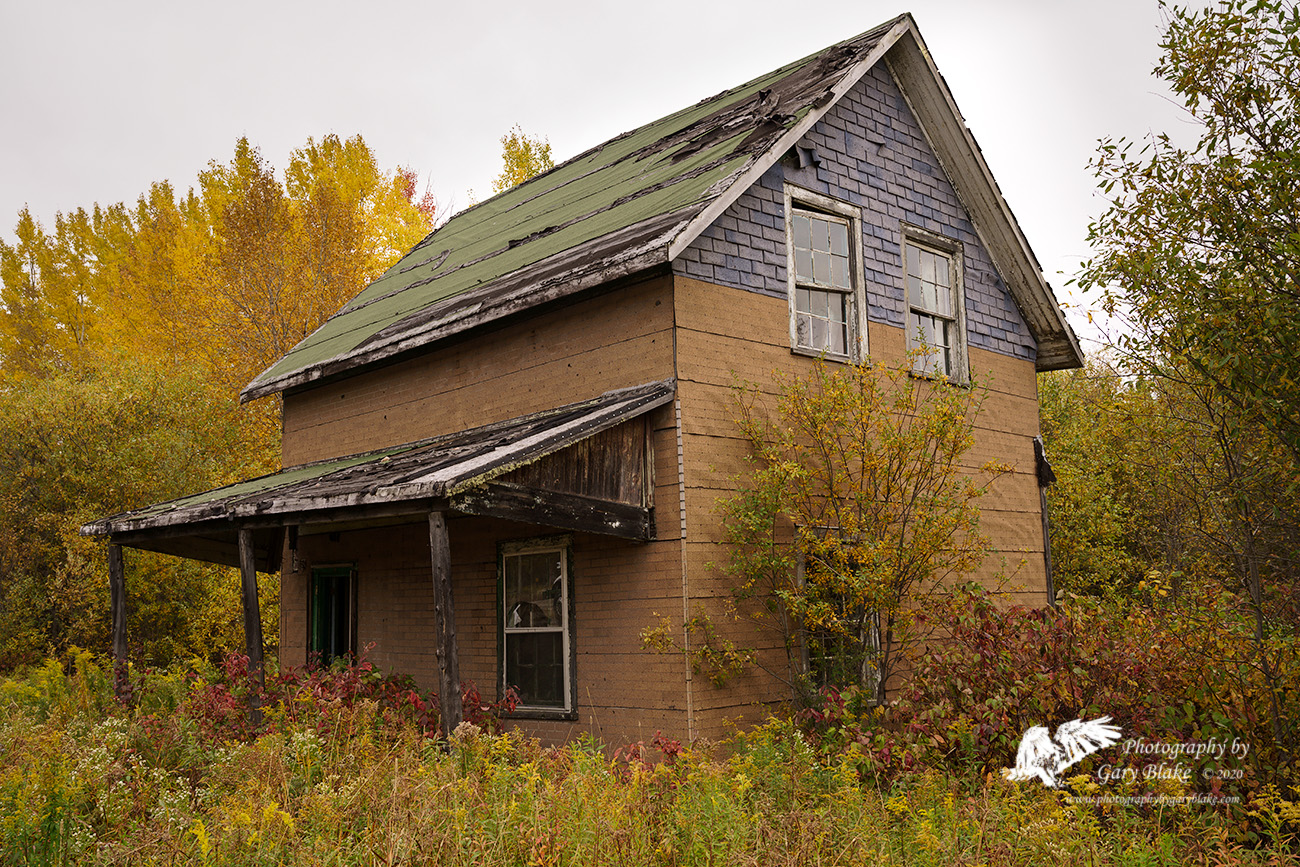
This is where I bumped in to the postmaster out and about on his ATV. He operates the local post office out of one room in his home and is one of the few permanent residents left in the town. He also knew a fair bit of the history of the town. He provided the information that the old train station (boarded up since 1989) had only recently been demolished in 2004. One of the projects he has undertaken is to try to document the occupants of the small local graveyard as several of the graves are marked only with a simple cross.
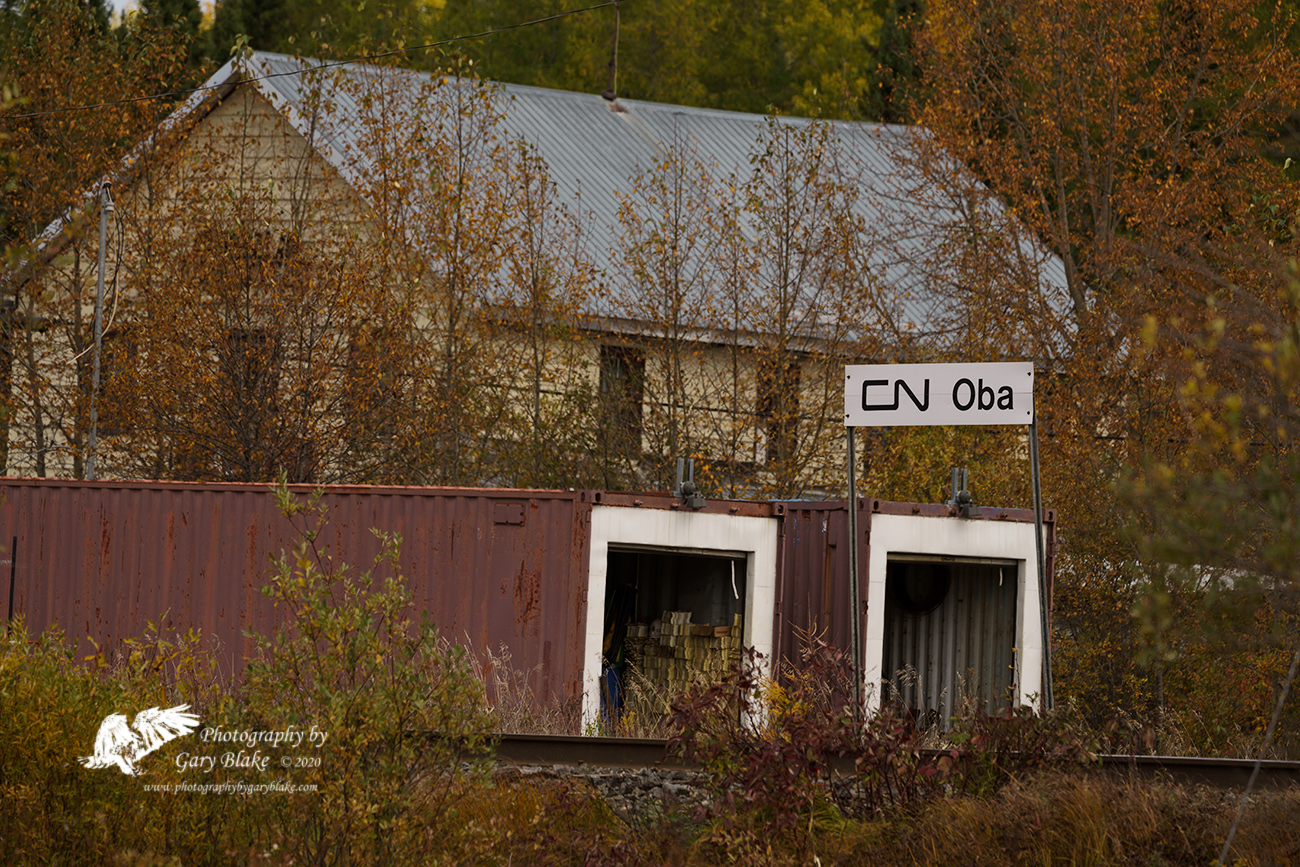
I visited this graveyard and it was here that I experienced an epiphany of sorts.
The predominant monument in the graveyard was a large timber upright log with one side carved flat and inscribed simply “Died War II, Cliff Grant, Doug Grant, Ernie Louttit, Joe Louttit”
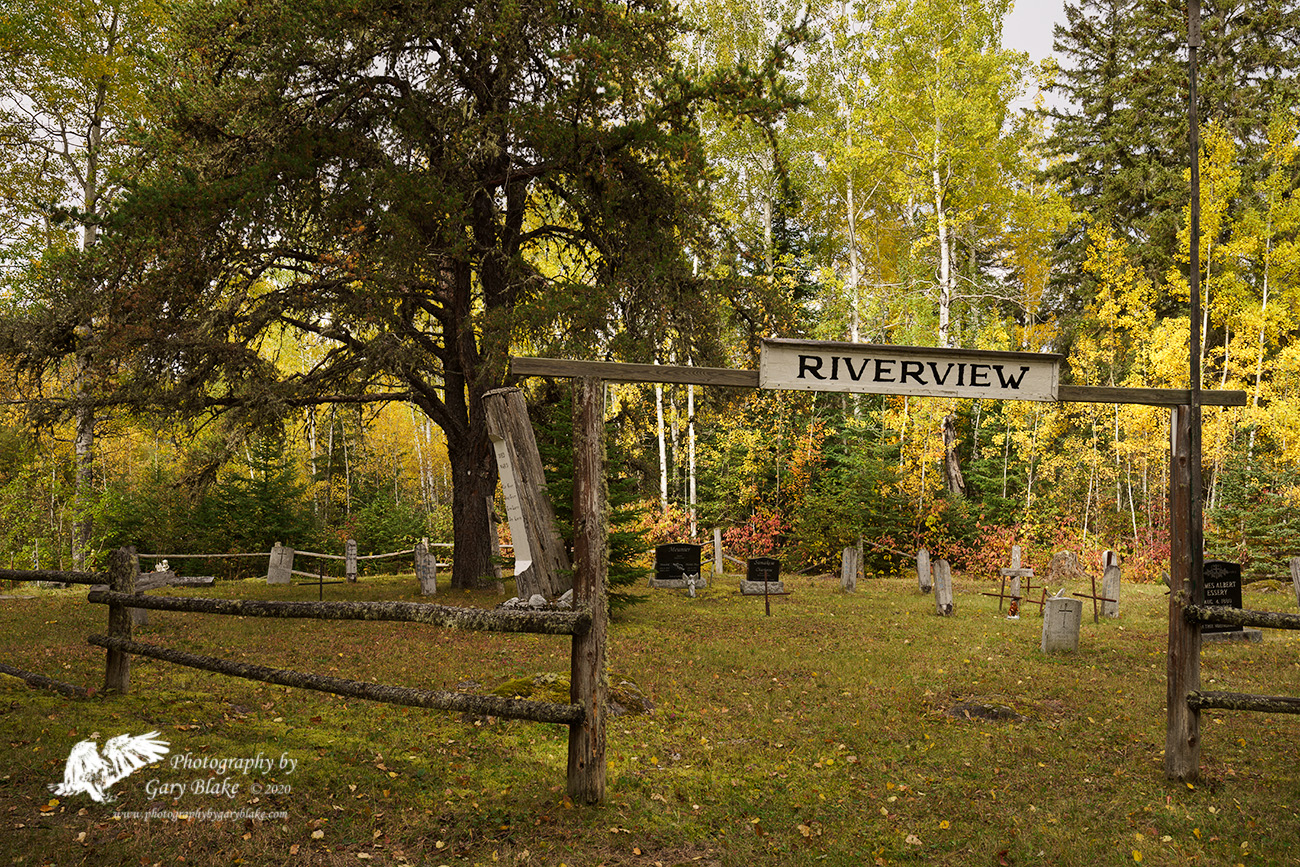
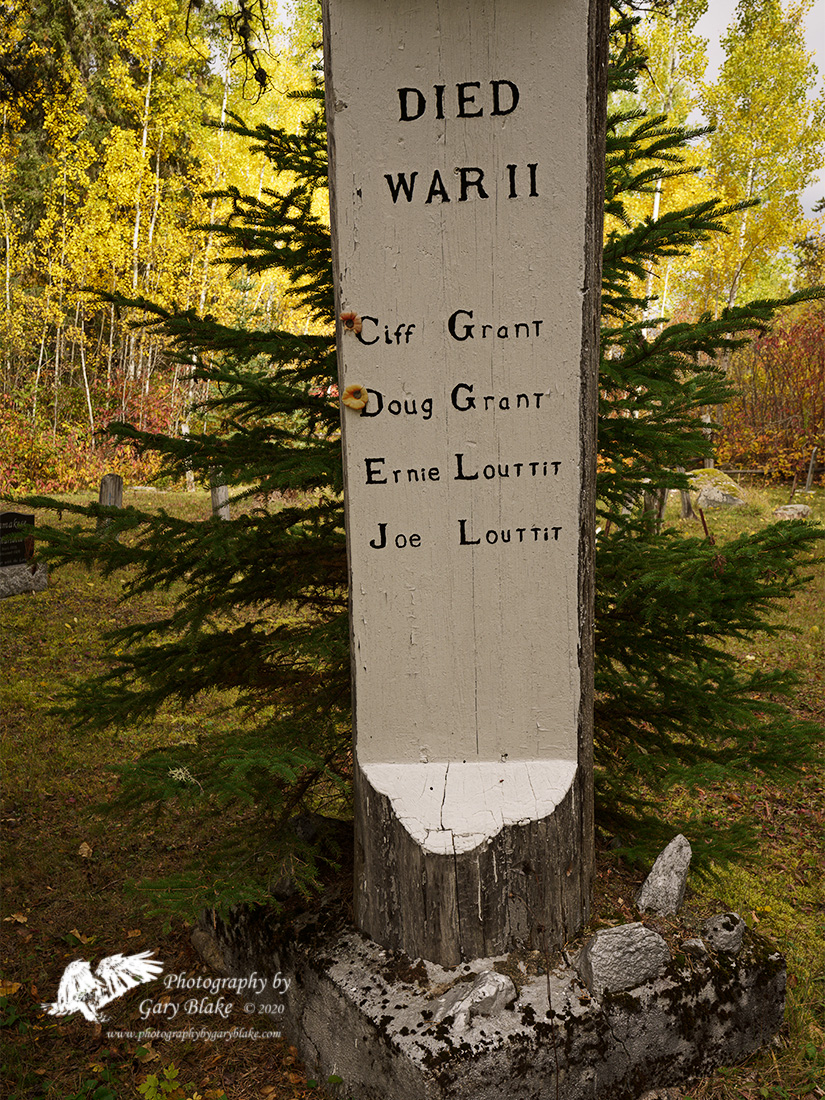
The postmaster advised that these were two sets of brothers from Oba. The Louttit and Grant names appeared on several of the other gravesites so I assumed these to be the parents and relatives of the deceased named on the monument.
I imagined my father having spent some time in that train station and possibly one of the hotels during his arrival and departure from Oba. I imagined him having conversations about his plans for travelling to Ottawa and enlisting. I can also envision those conversations leading to those in town that had already enlisted, or were about to enlist, a conversation that would no doubt include the Grants and Louttits. A conversation that would not yet have included the tragic results described below.
(I later did some research in to those names on the monument and was able to find out the following information)
Private Clifford Joseph Grant, died August 28, 1944, age 23 years.
Served in the Canadian Army, Lake Superior Regiment (Motor), R.C.I.C., Military Service Number: H/45710
Buried in Bretteville-sur-Laize Canadian War Cemetery, Calvados, France
There are no details surrounding his death but his unit was involved in the later stages of the Battle of Normandy, the capture of Caen and the push south to close the Falaise Gap.
Bombardier Thomas John Douglas Grant, December, died June 08, 1944, age 25 years.
Served in the Canadian Army, Royal Canadian Artillery, 3 Anti-Tank Regiment. Military Service
Number: H/45602
Buried in the Beny-sur-Mer Canadian War Cemetery, Calvados, France.
There were no details surrounding his death at the time, but his unit was involved in the D-Day landings at Normandy.
After the war the details of his death were discovered. A June 5, 1945 article in the Toronto Star reads: “Nazis Machine-Gunned to Death Captive Soldier in Cold Blood”. The information regarding his execution for “no apparent reason” was provided by another member of his unit who was captured at the same time as Grant, (Gunner William Glasspoole, 3 Anti-Tank Regiment) and survived as a POW until being liberated in 1945.
This article also mentions that a third brother, Martin Grant had also enlisted and had been wounded in battle July 1944, and survived.
Corporal Ernest Thomas Louttit, died August 9, 1944, age 37.
Served in the Canadian Army, Lake Superior Regiment (Motor), R.C.I.C., Military Service Number: H/45896.
Buried in Bretteville-sur-Laize Canadian War Cemetery, Calvados, France.
There are no details surrounding his death but his unit was involved in the later stages of the Battle of Normandy.
Joe Louttit:
Unfortunately I was not able to find any information regarding Joe Louttit, perhaps it was an abbreviation, nickname or the available records are simply incomplete.
(A memorial page for Ernest Louttit mentions a cousin, James Louttit who was a member of the Engineering Corps and died in Scotland during the war. The page also mentions Edward Albert Louttit, a WW II veteran who survived the Normandy Invasion but gives no indication of being related.)
The stories of the Grant and Louttit families brought home to me the tremendous impact that the war must have had on the relatives and friends left behind in this small remote northern Ontario town. A small northern Ontario town that could not even bury their sons at home, whose remains rest in war cemeteries an ocean and a continent away. Repeat this scenario over 45,000 times (Canadian WW2 deaths) in towns and cities all across Canada……
I ended up coming away from this place with much more than I had anticipated. The stories of ordinary men who made extraordinary sacrifices during extraordinary times.
The more you learn about the sacrifices that were made, the people who made those sacrifices and the places they lived, the more you appreciate the importance of Remembrance Day.
The freedom to explore and discover that we now enjoy came at a very high price.
Some Gave All, Lest we forget…..
